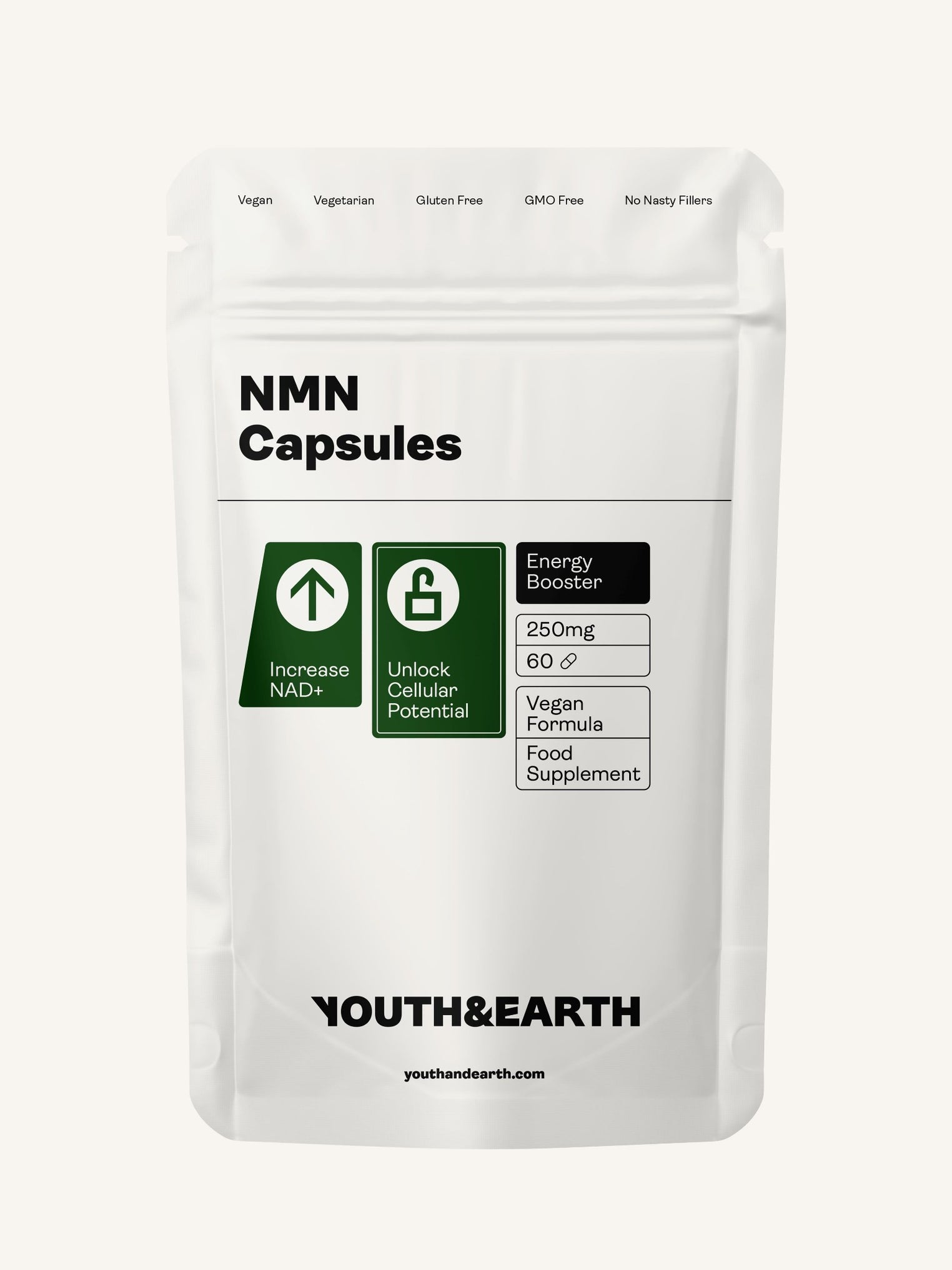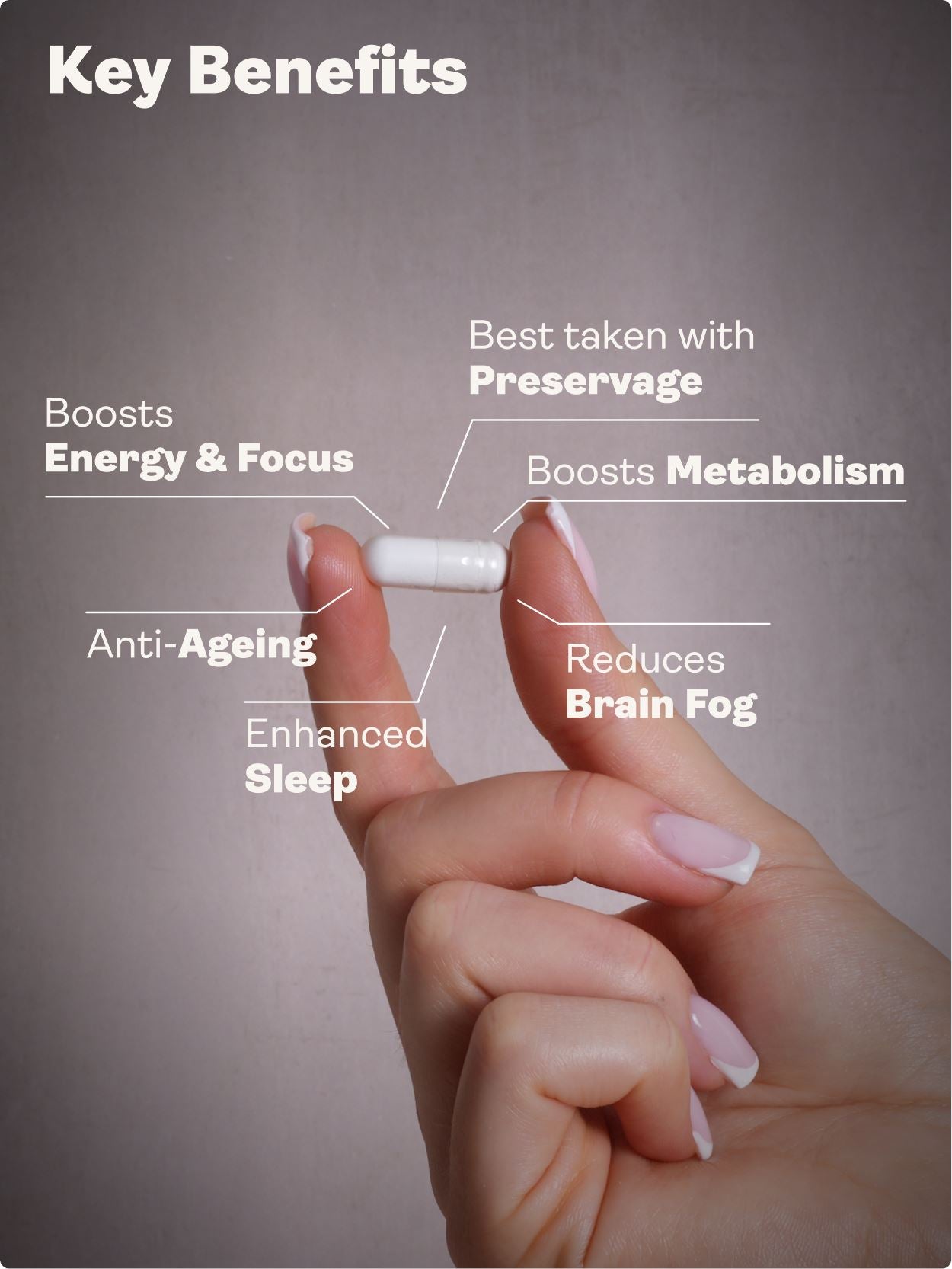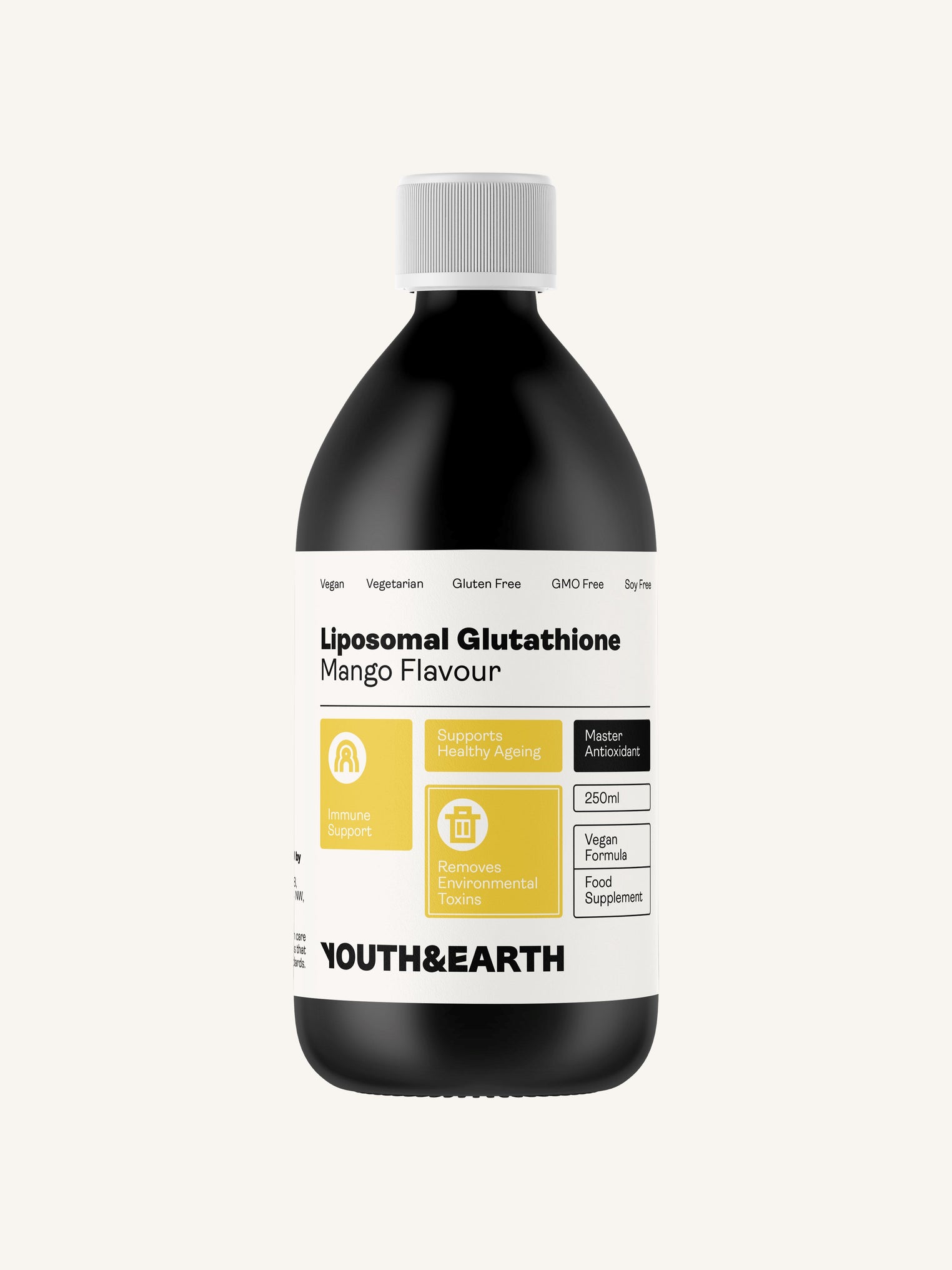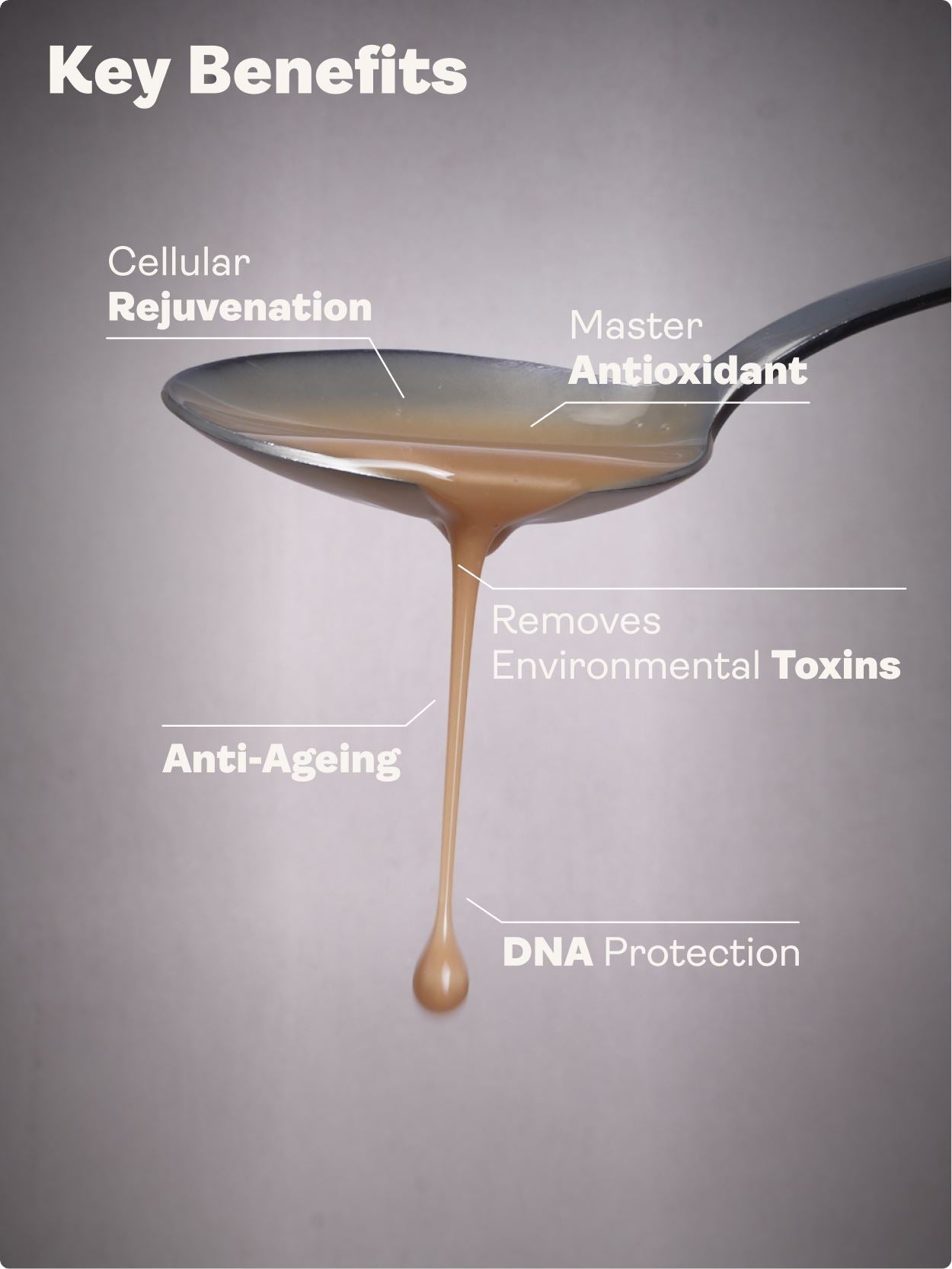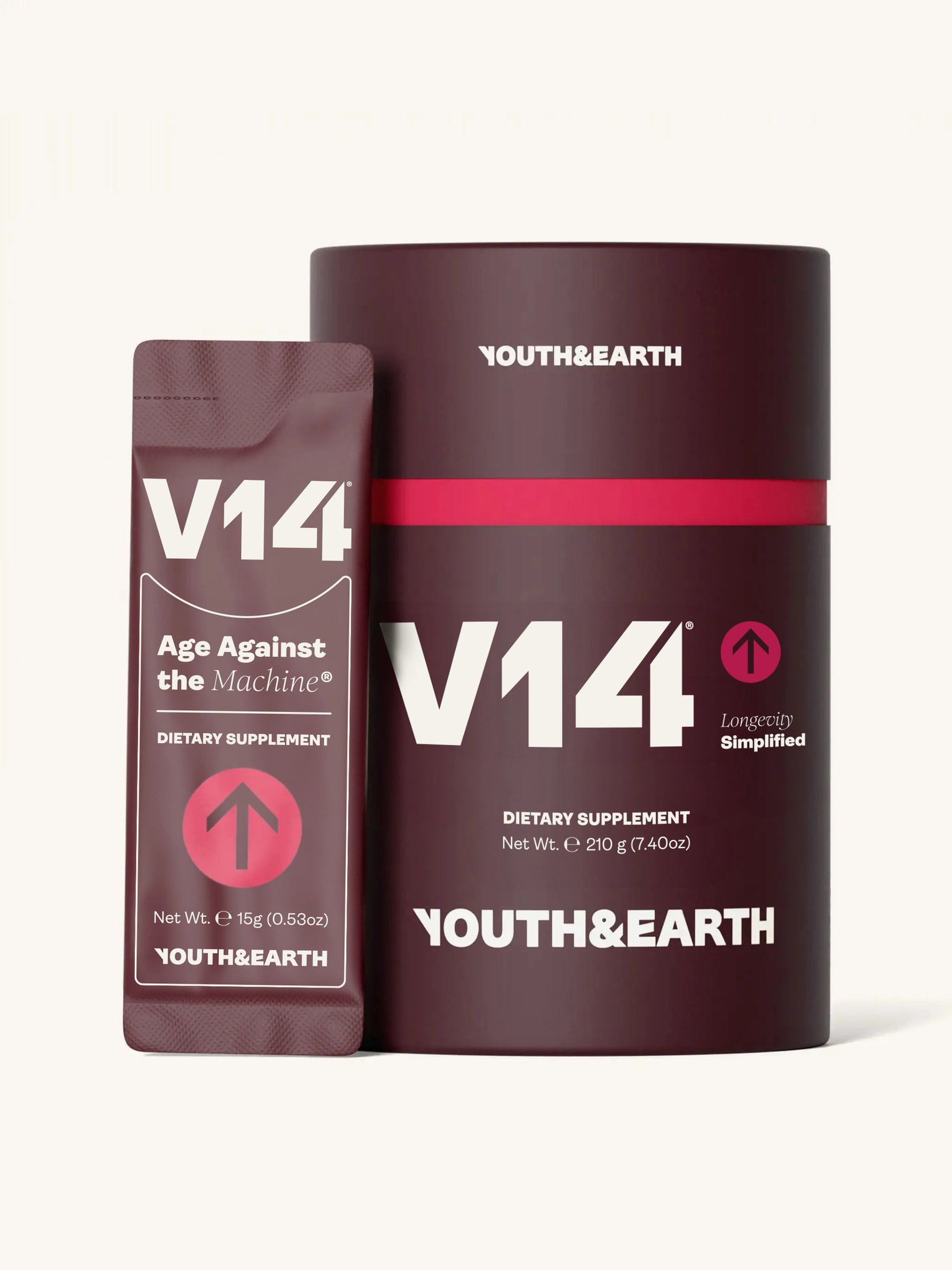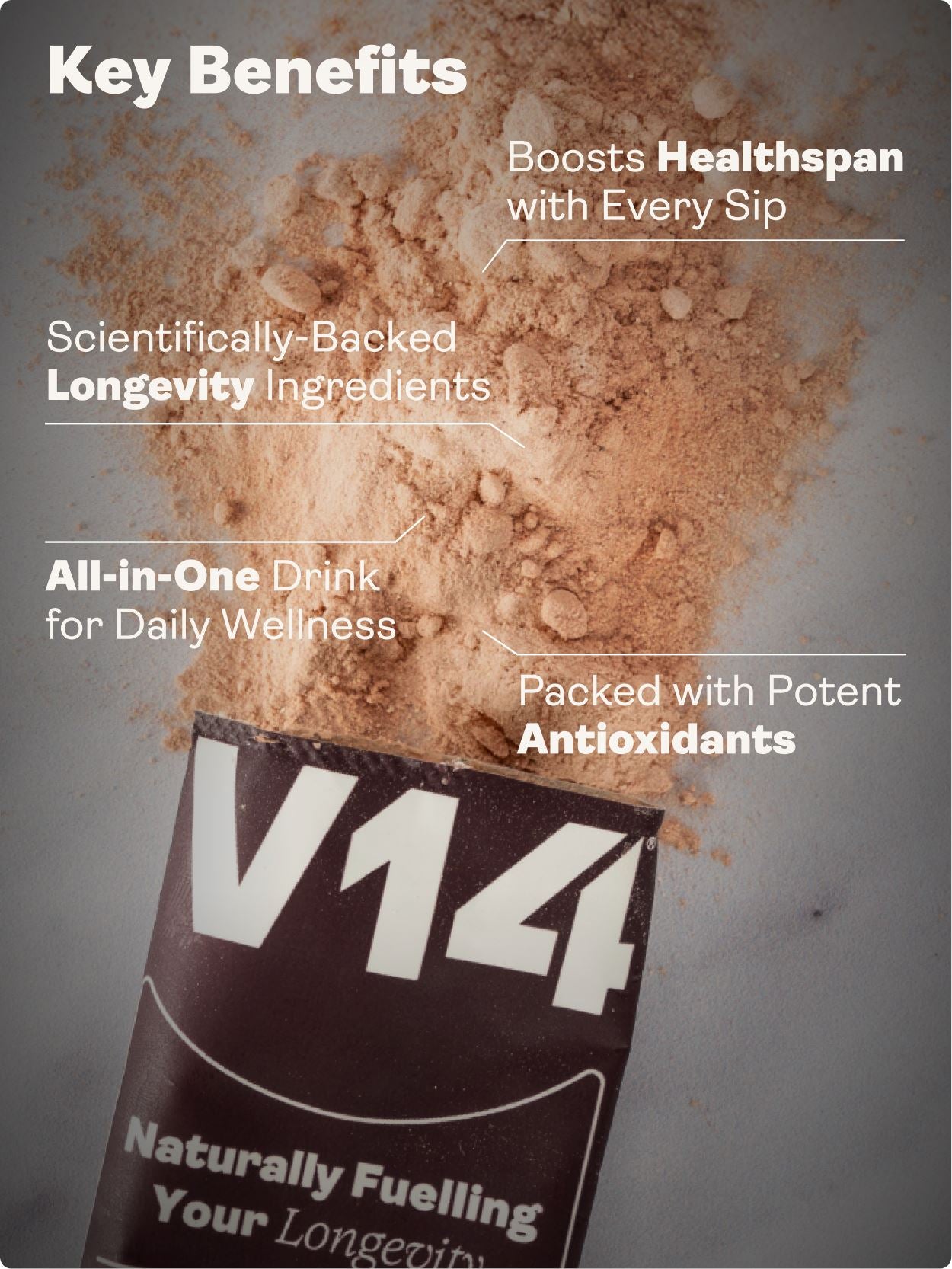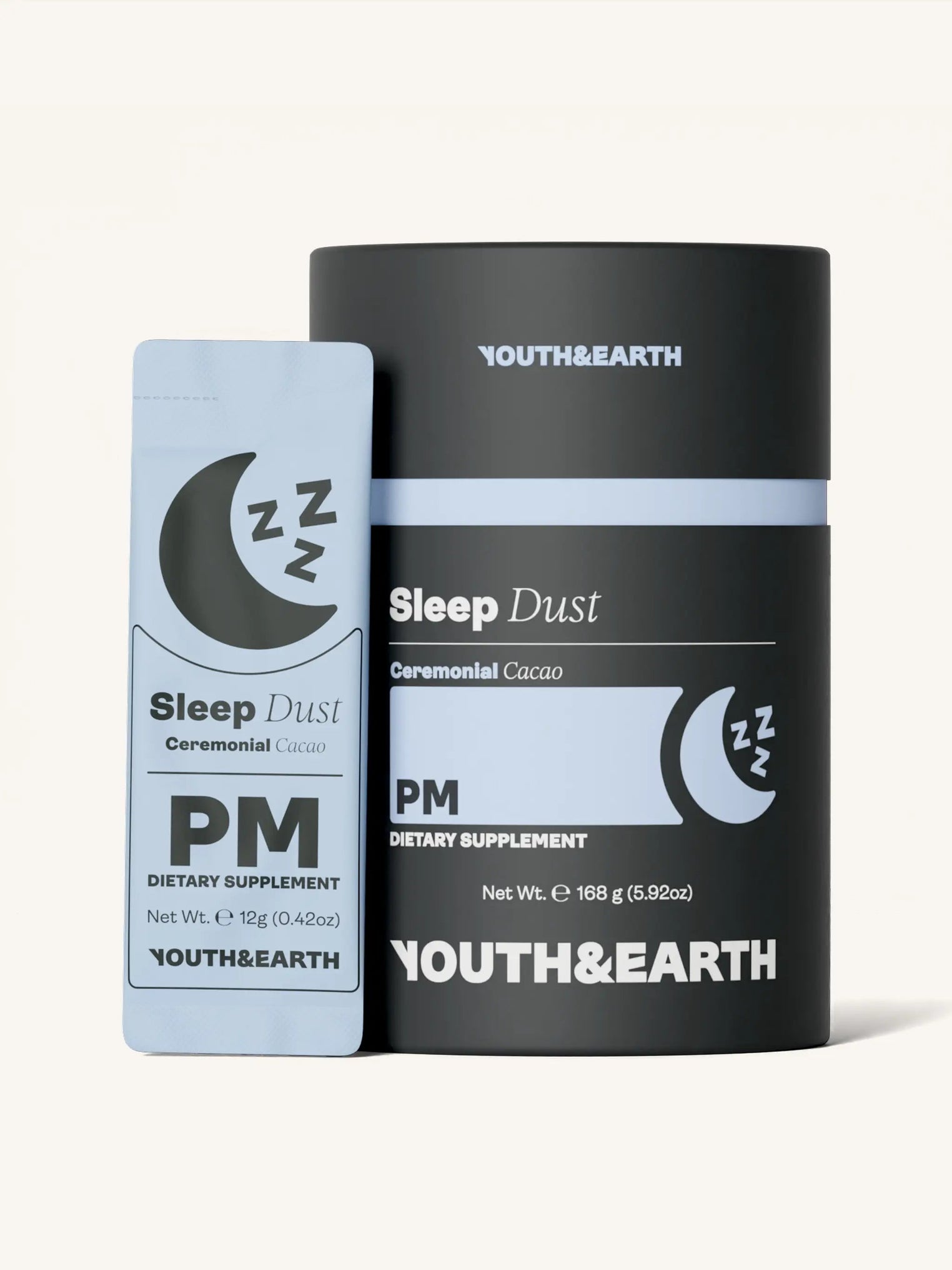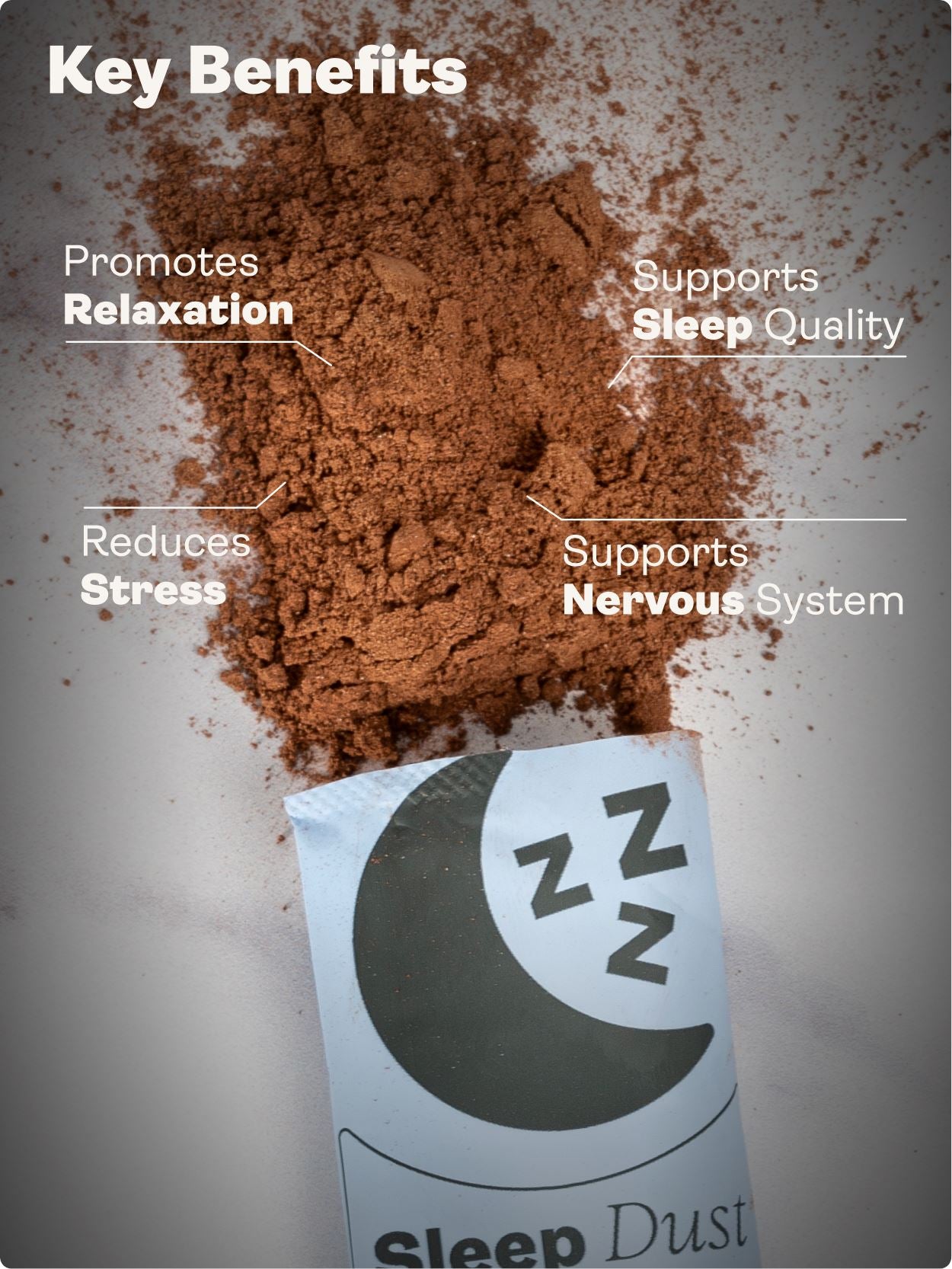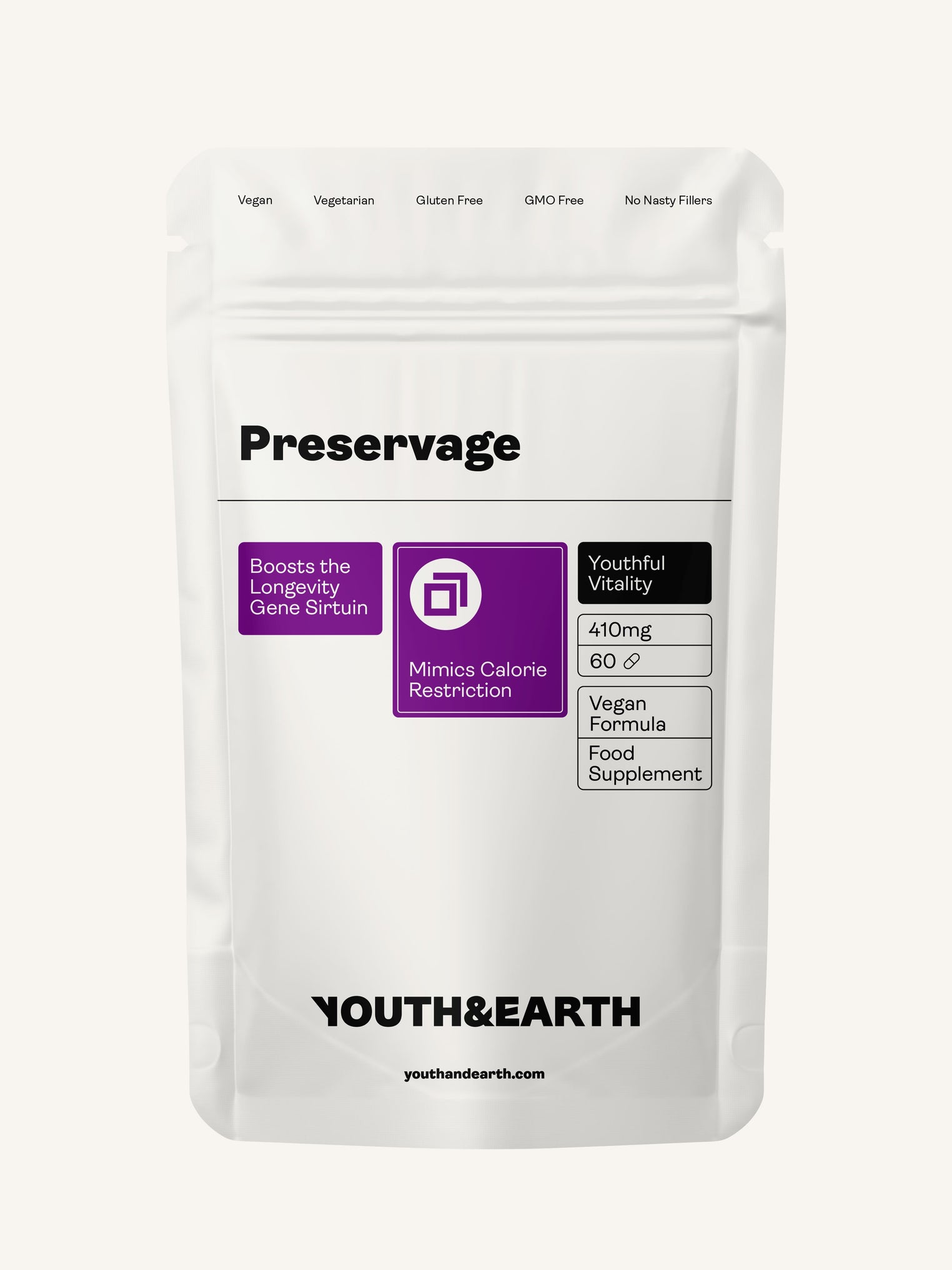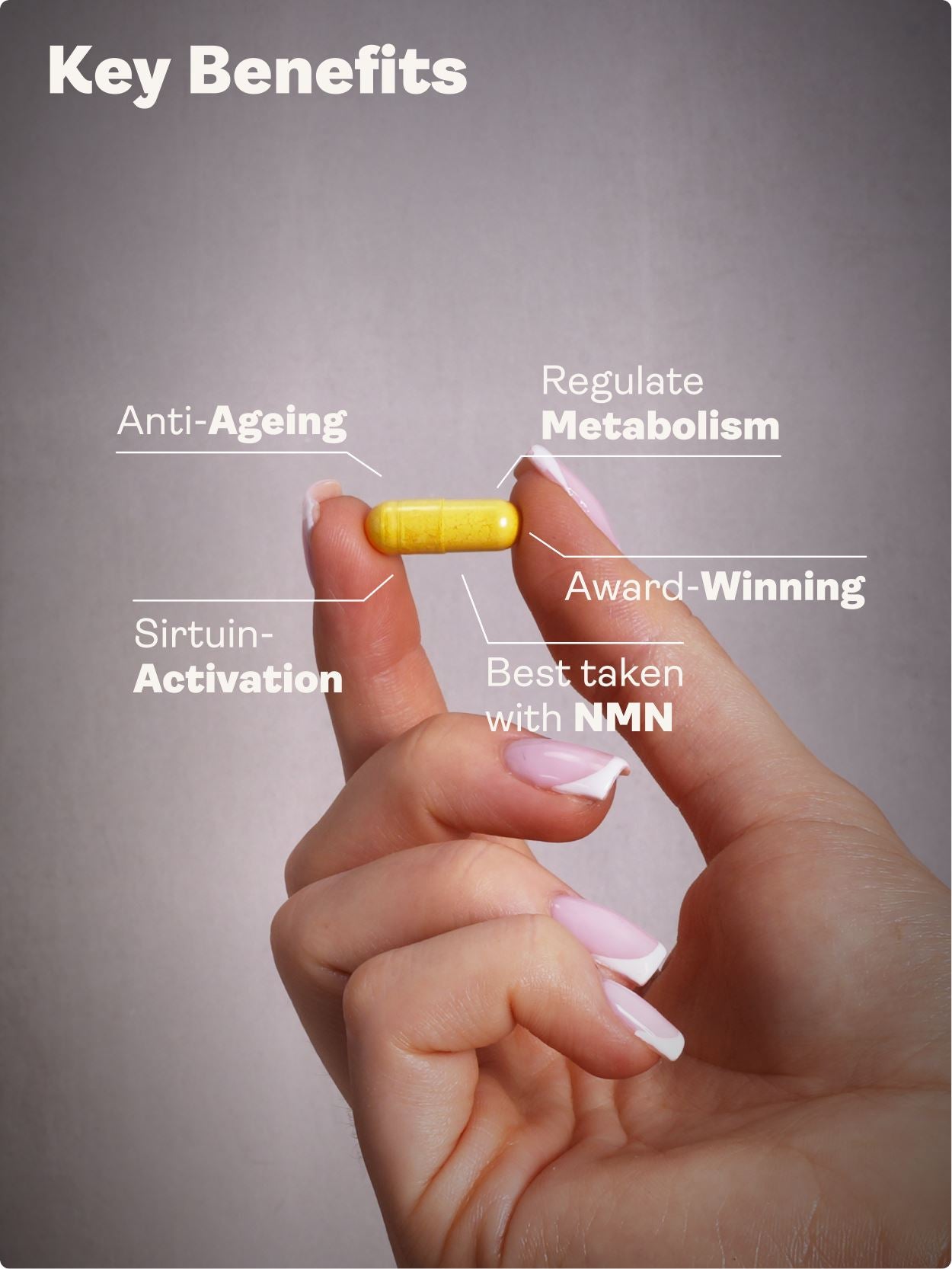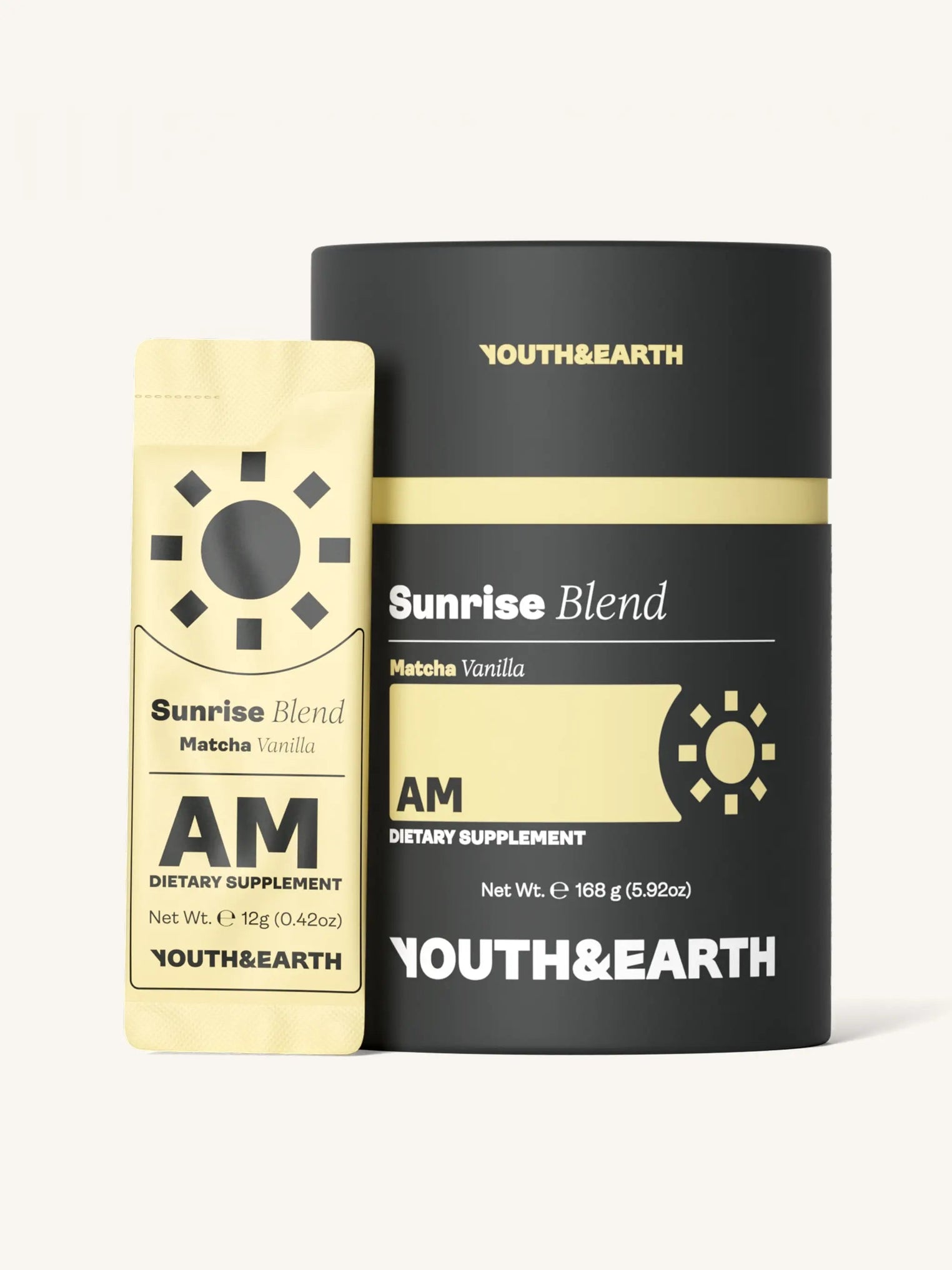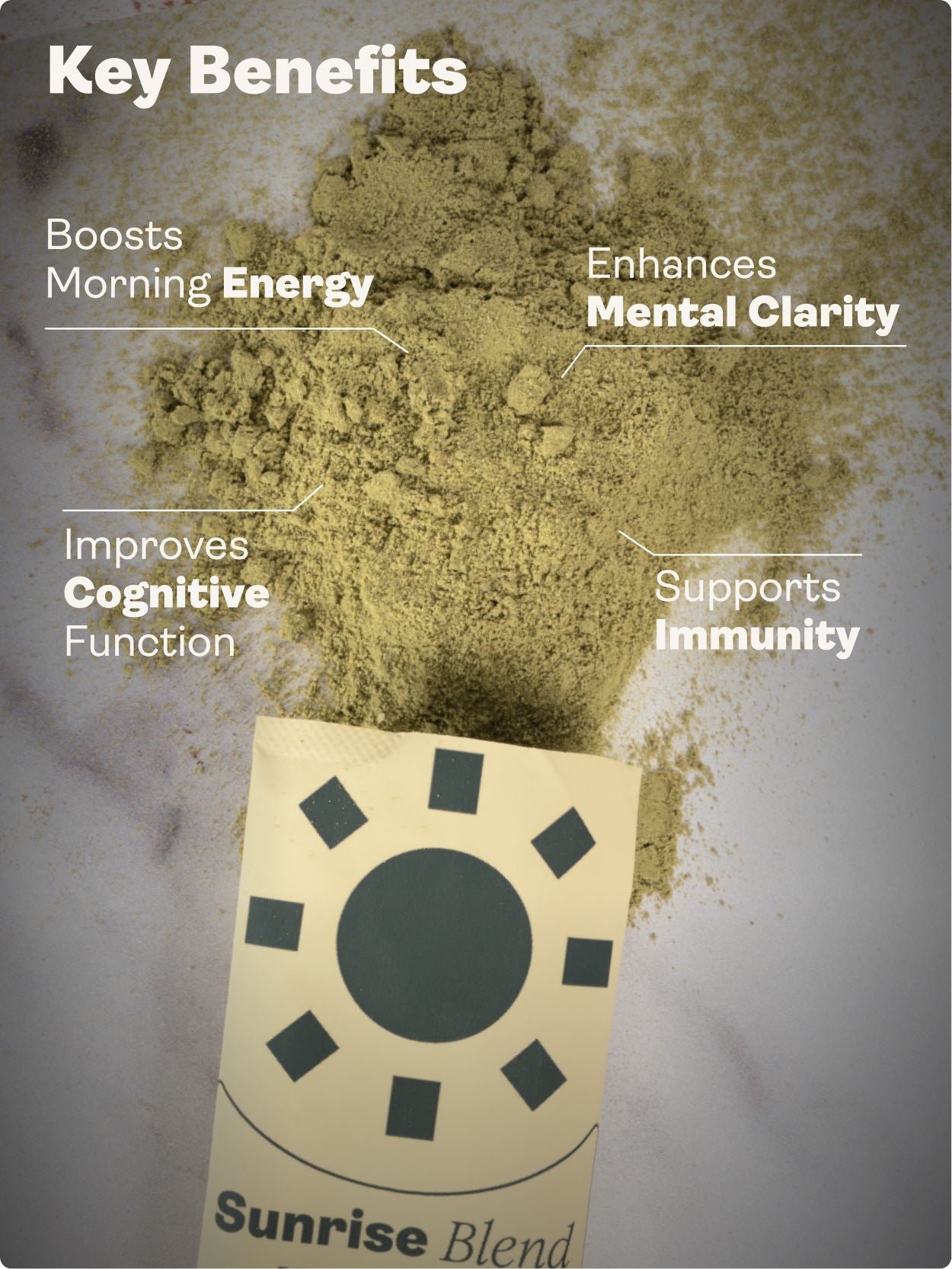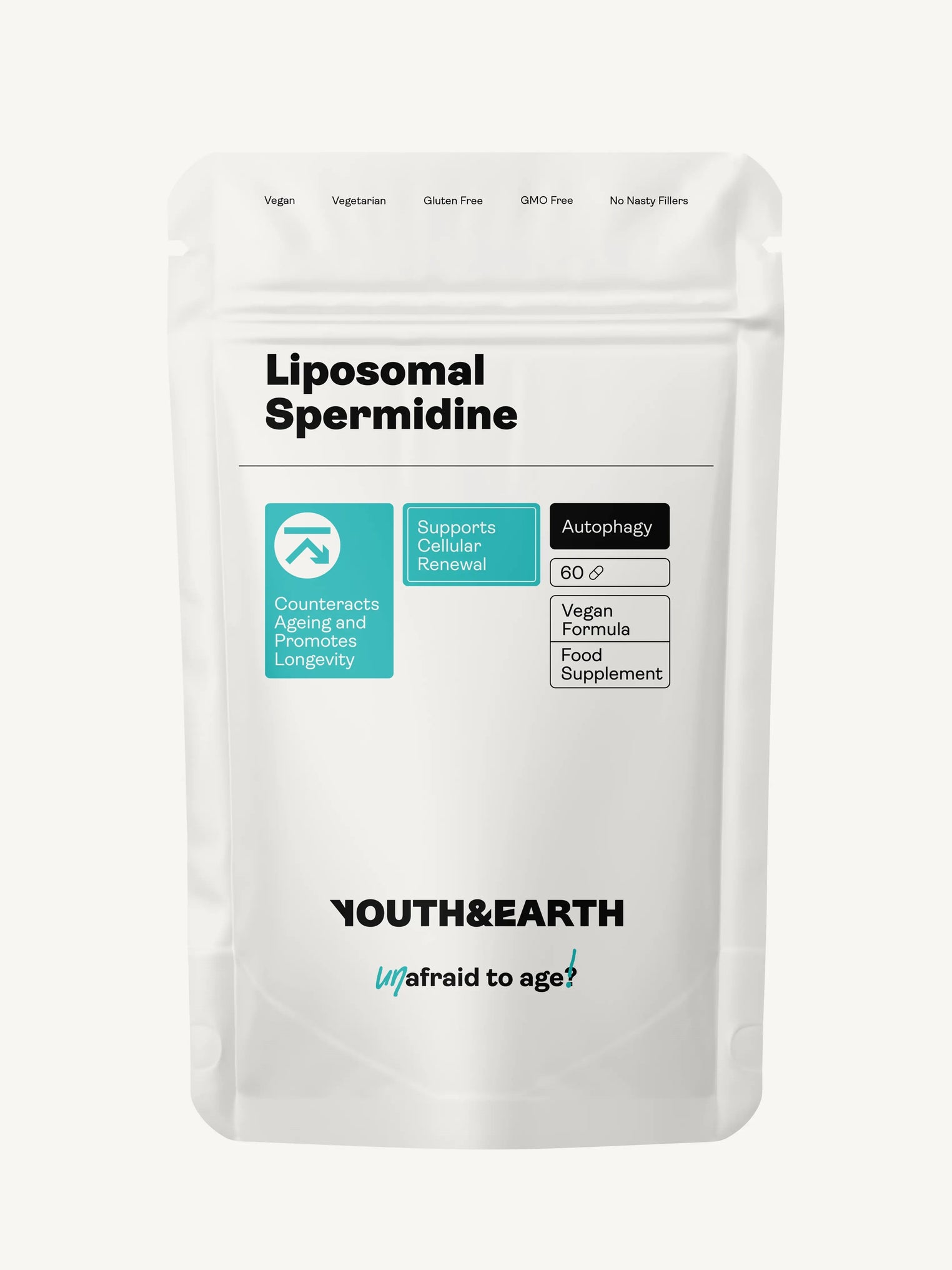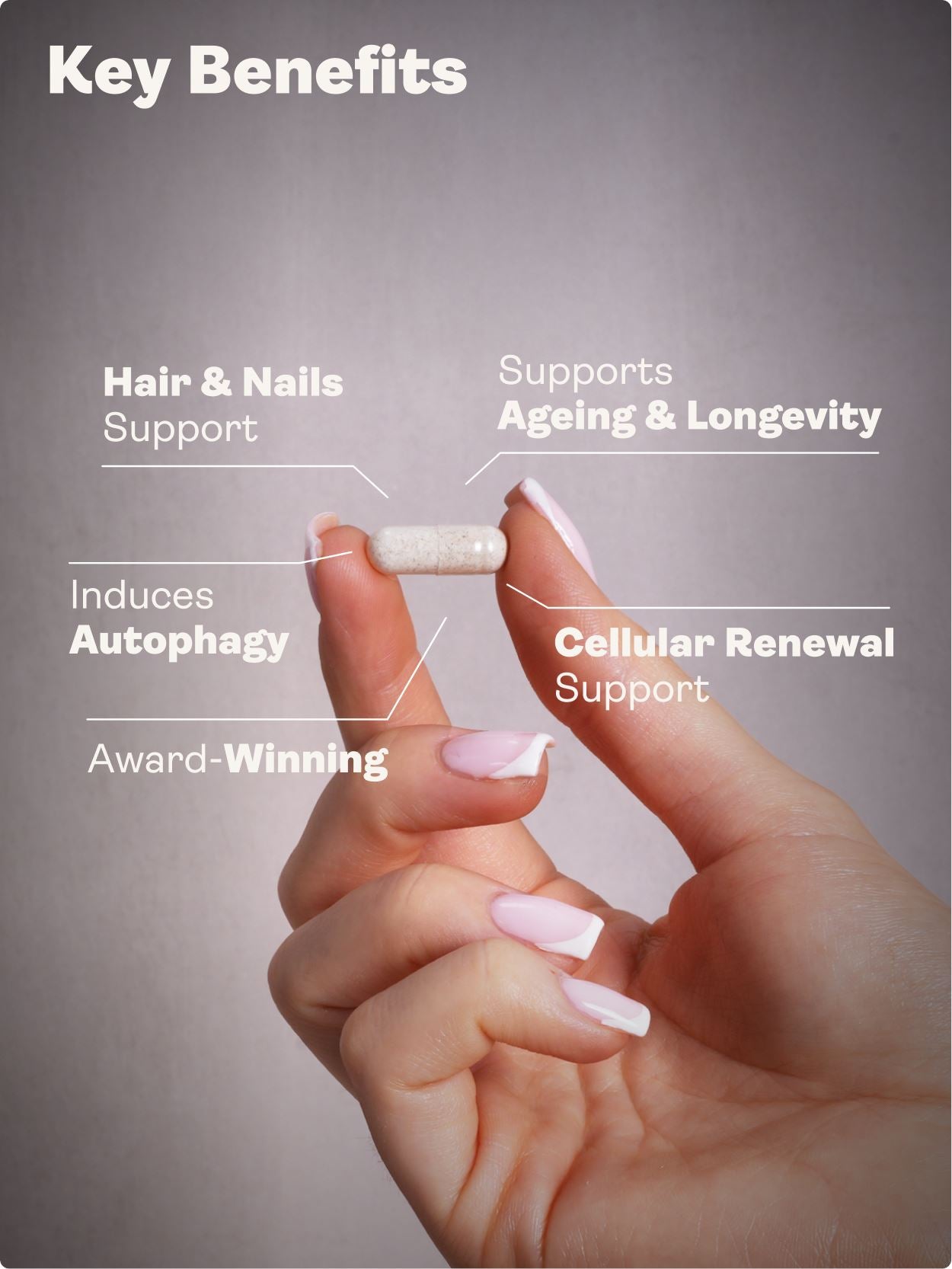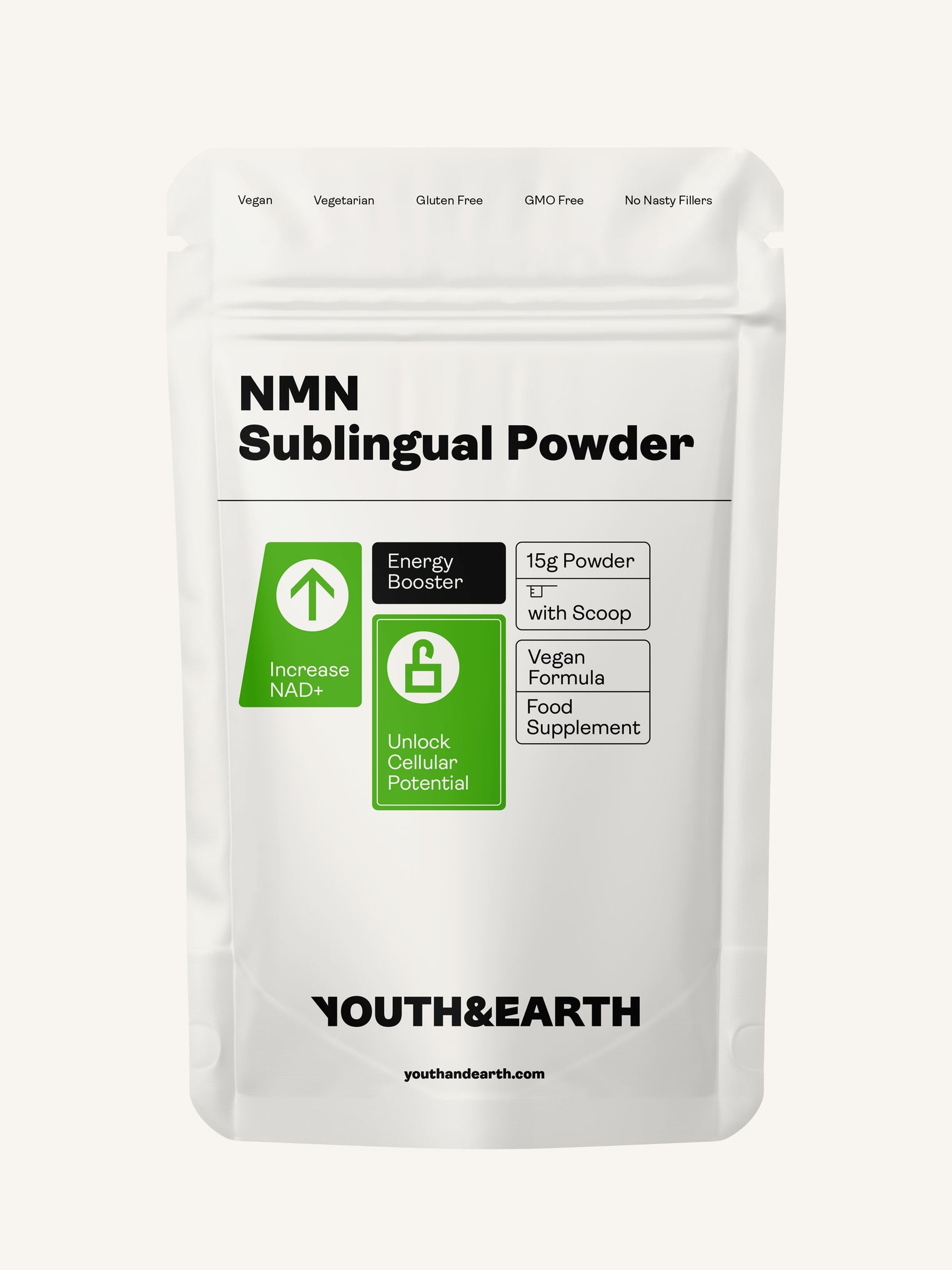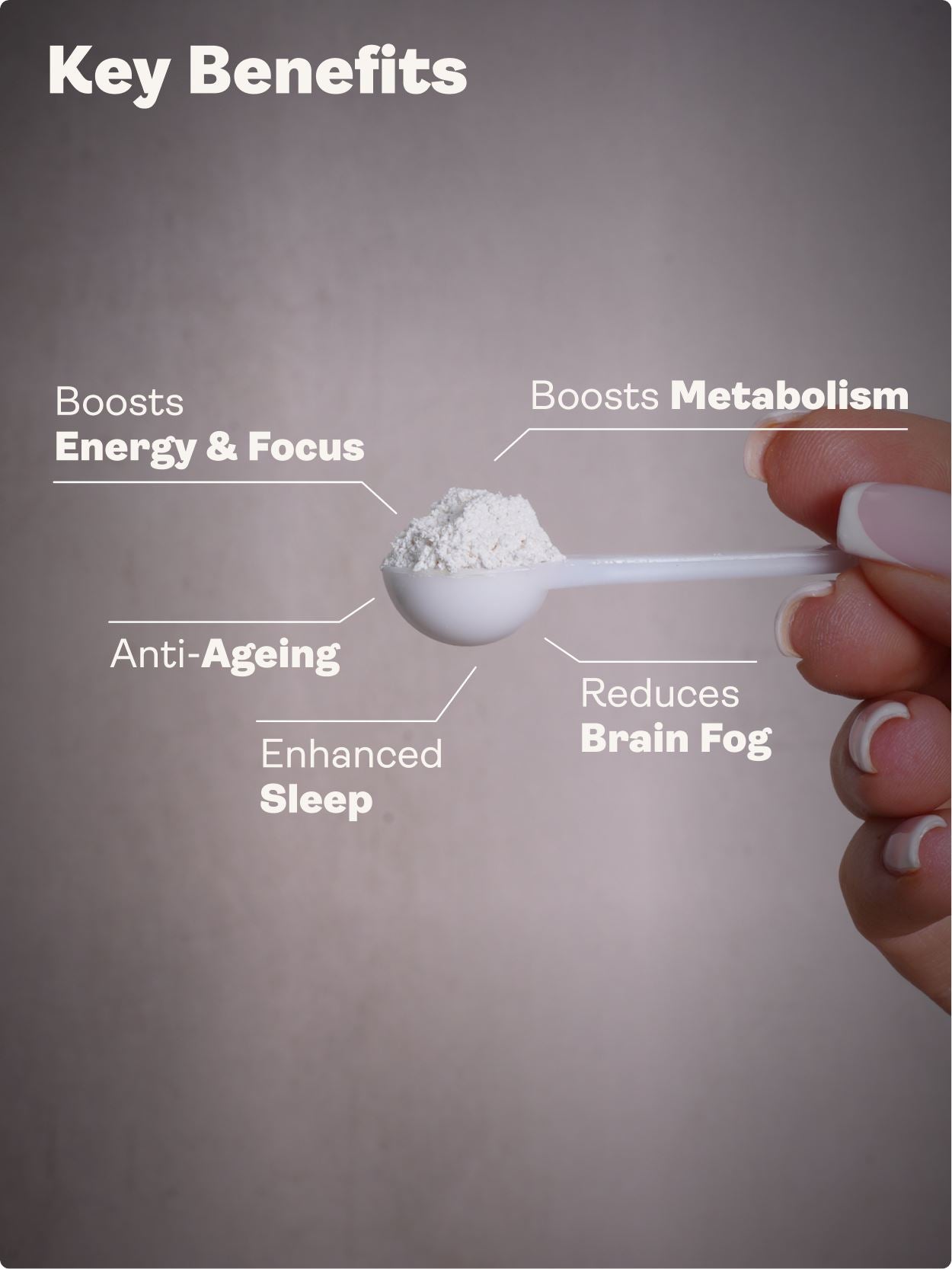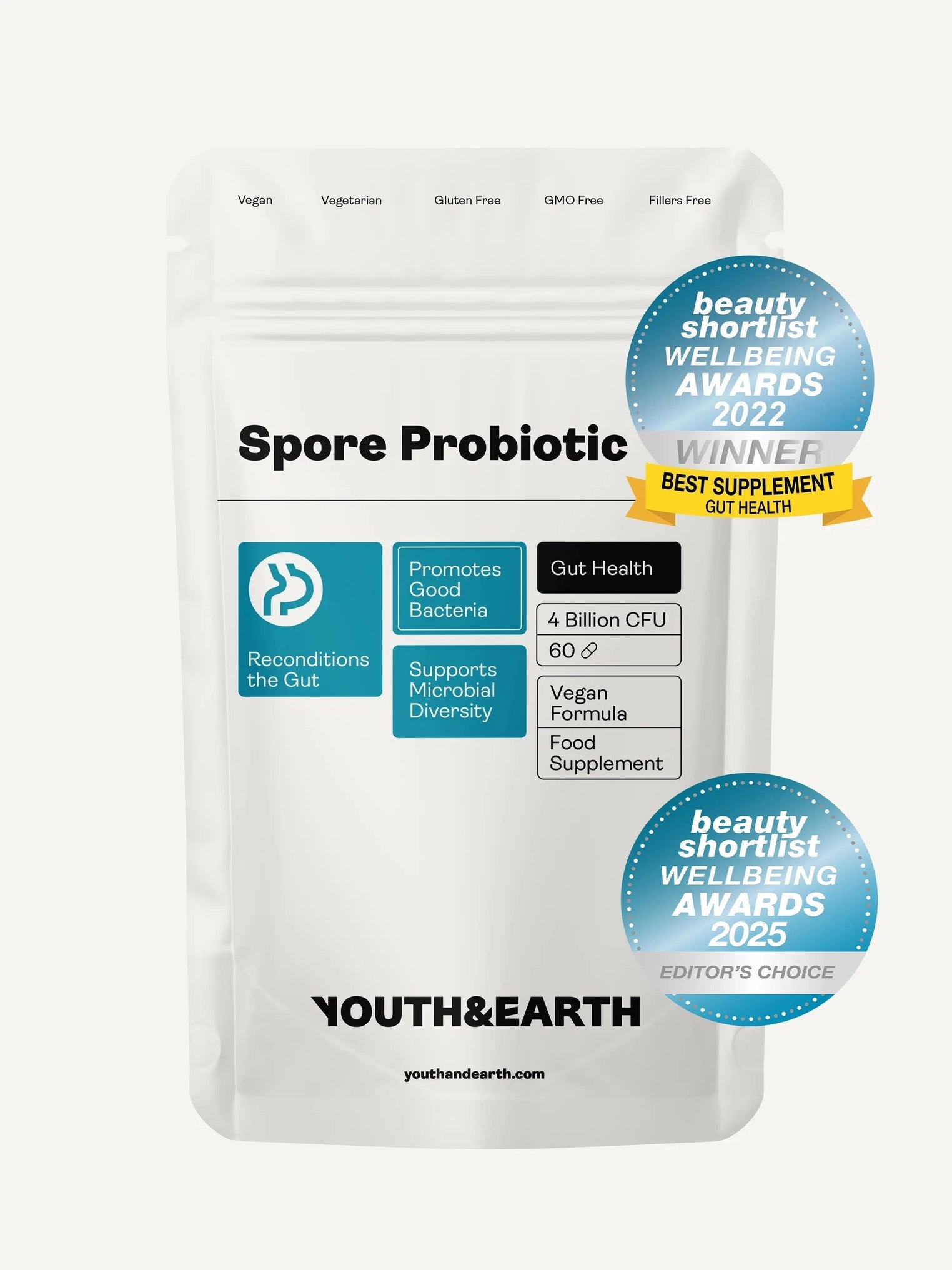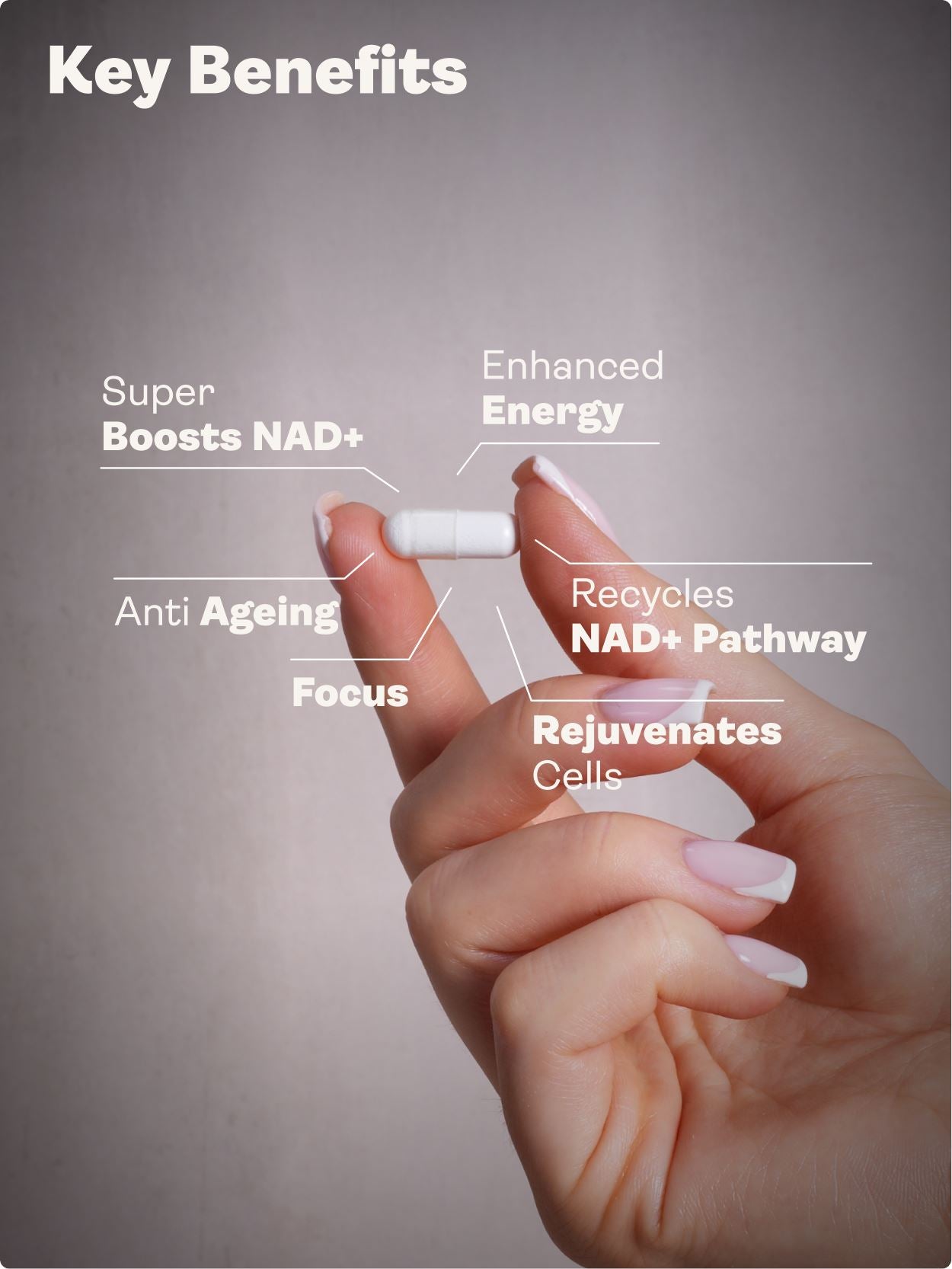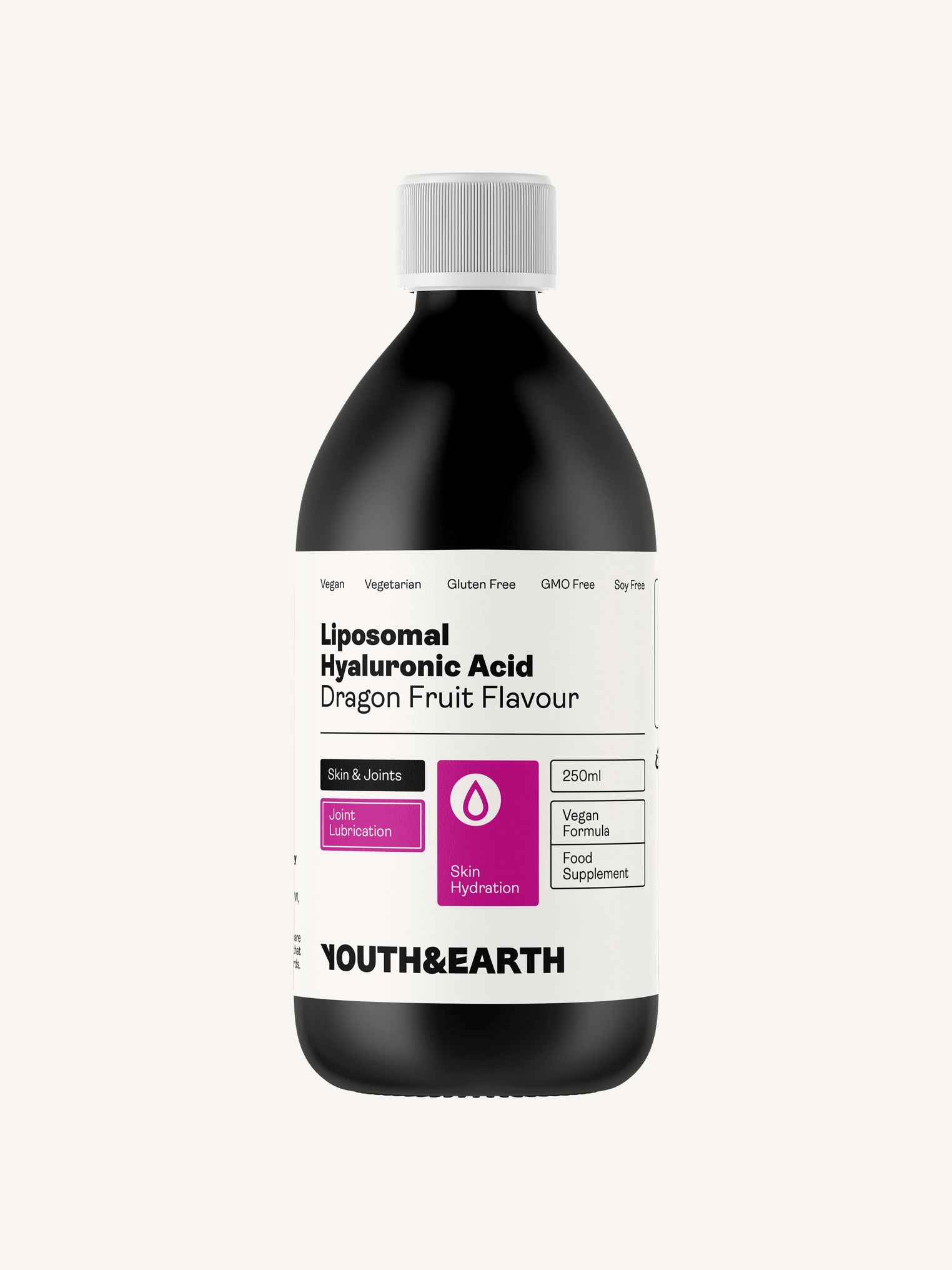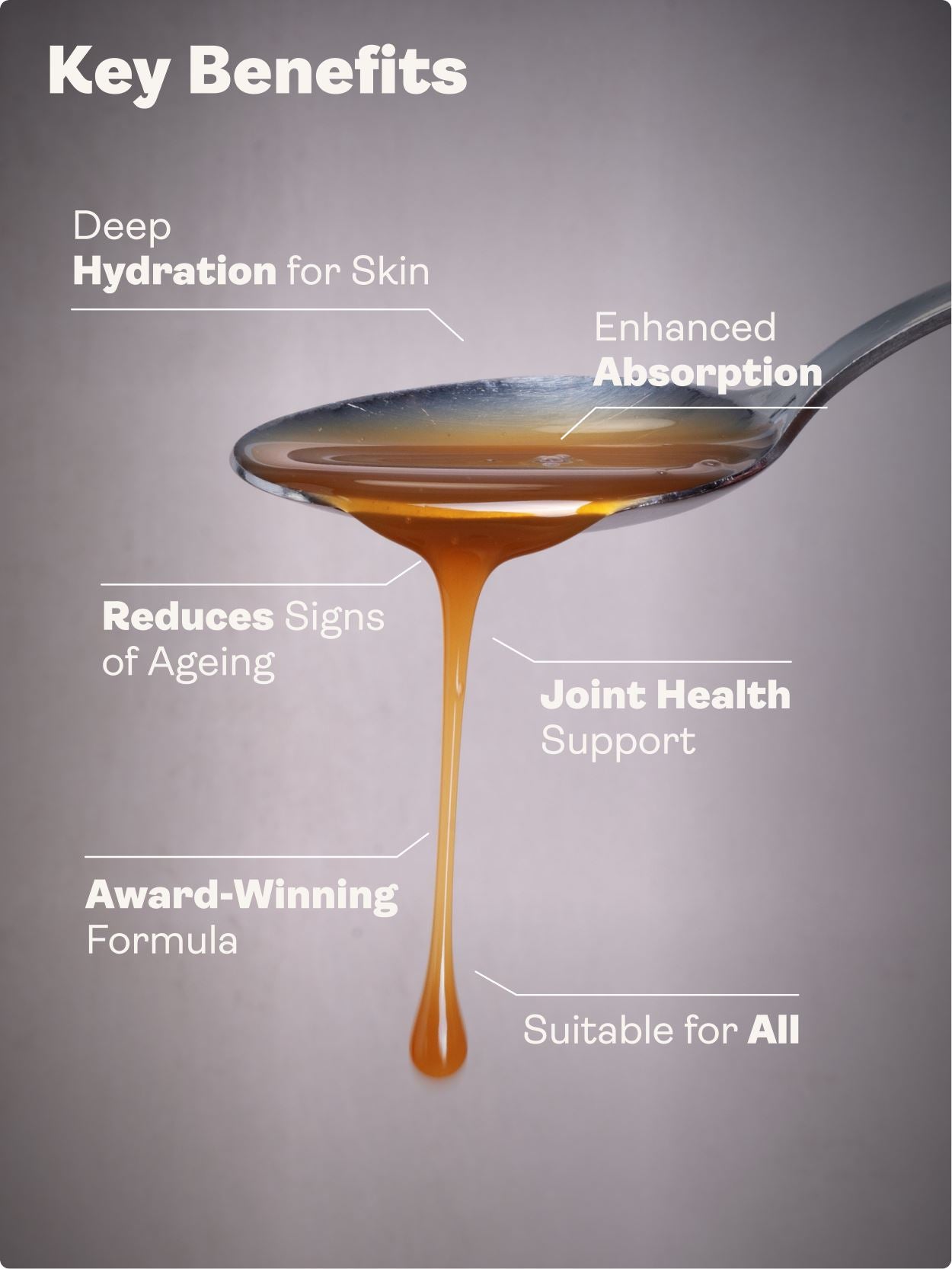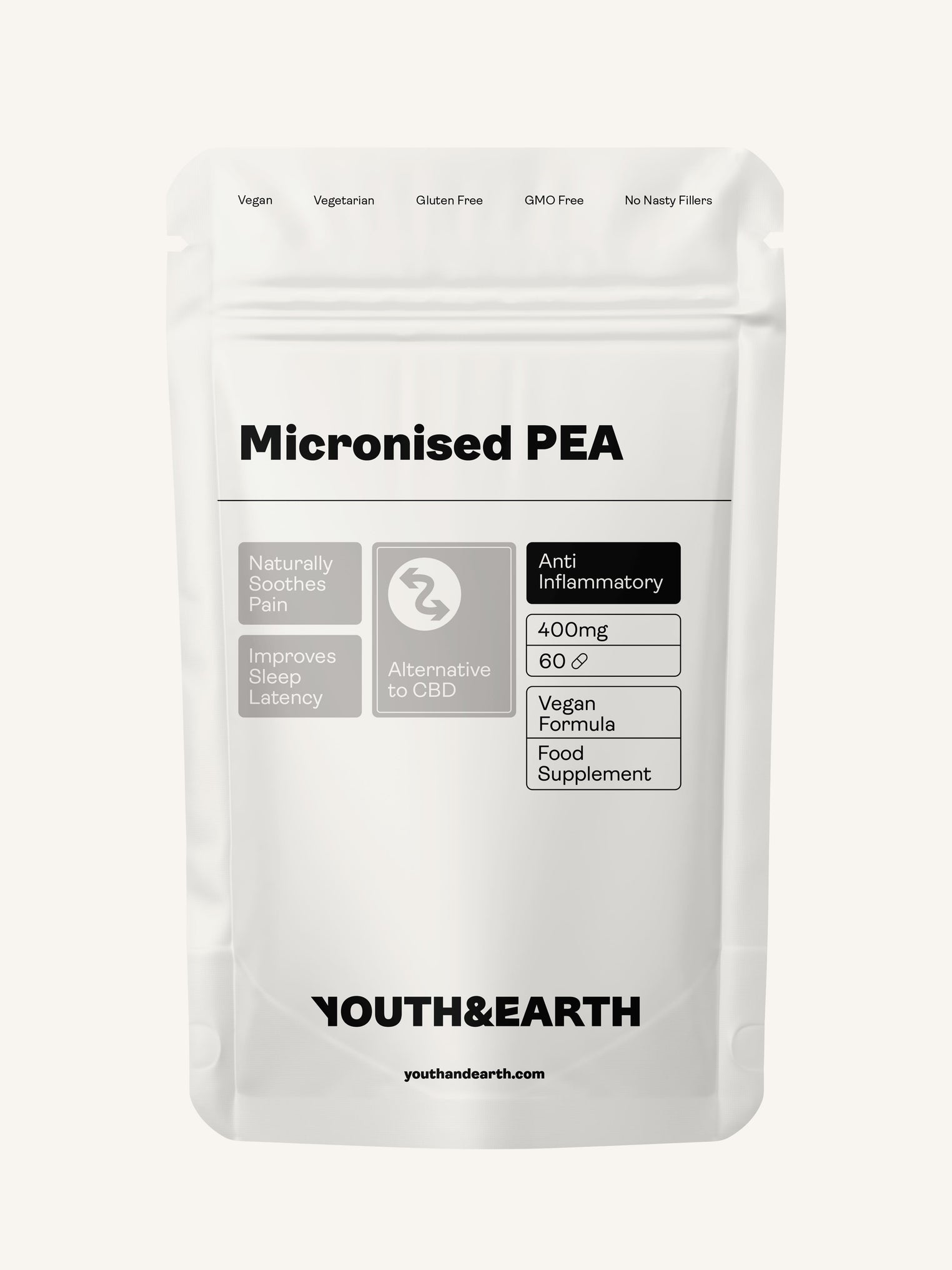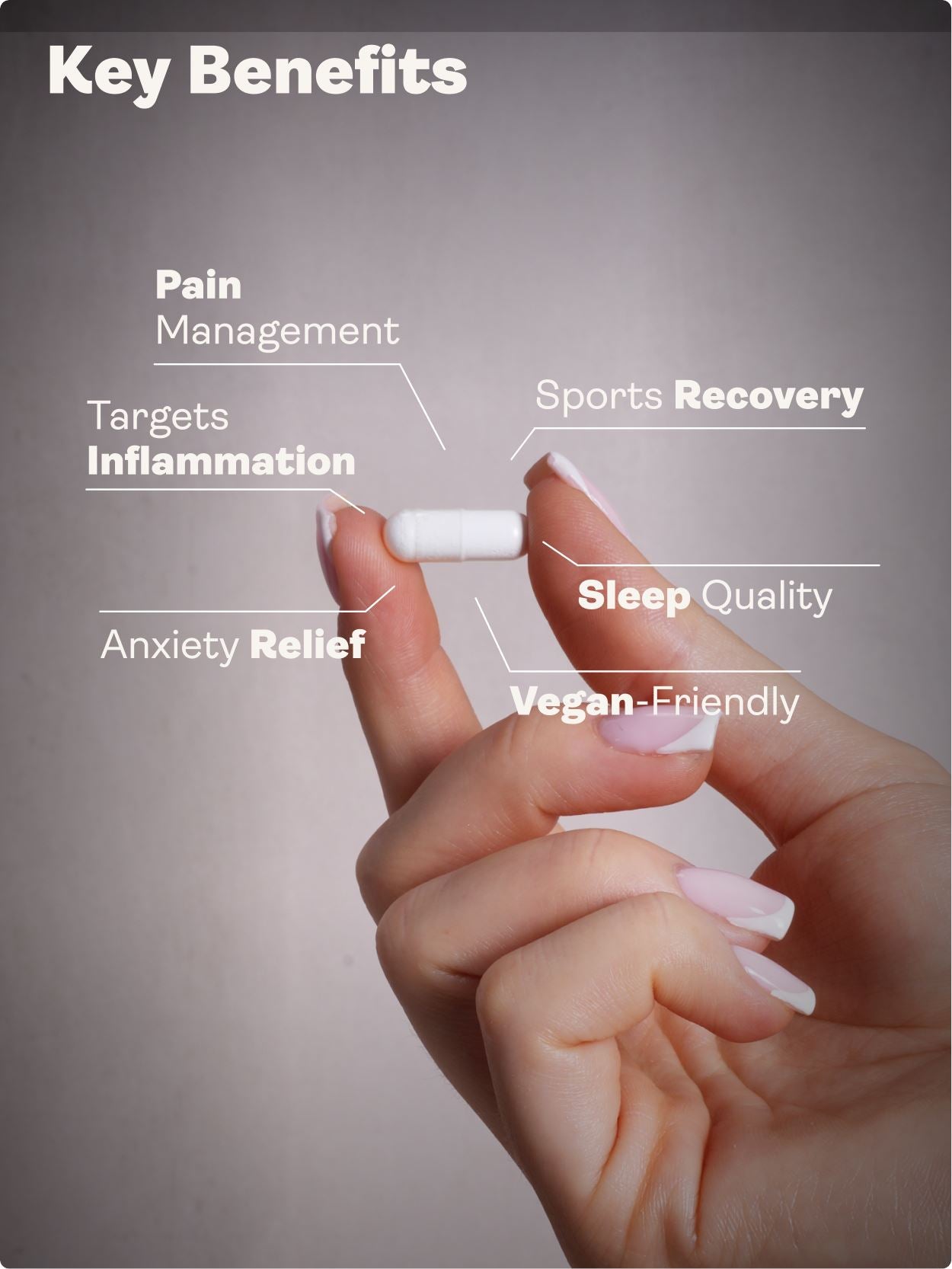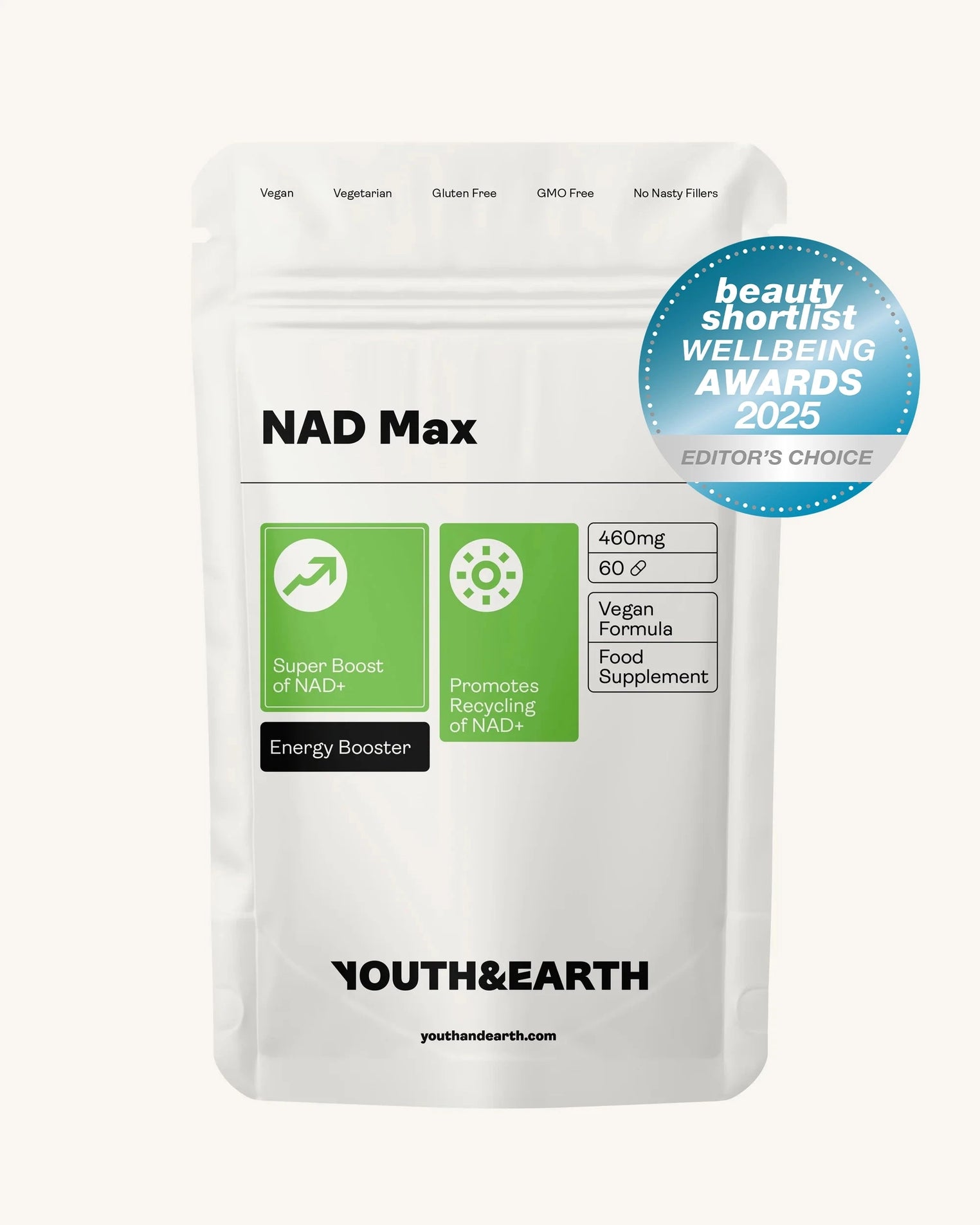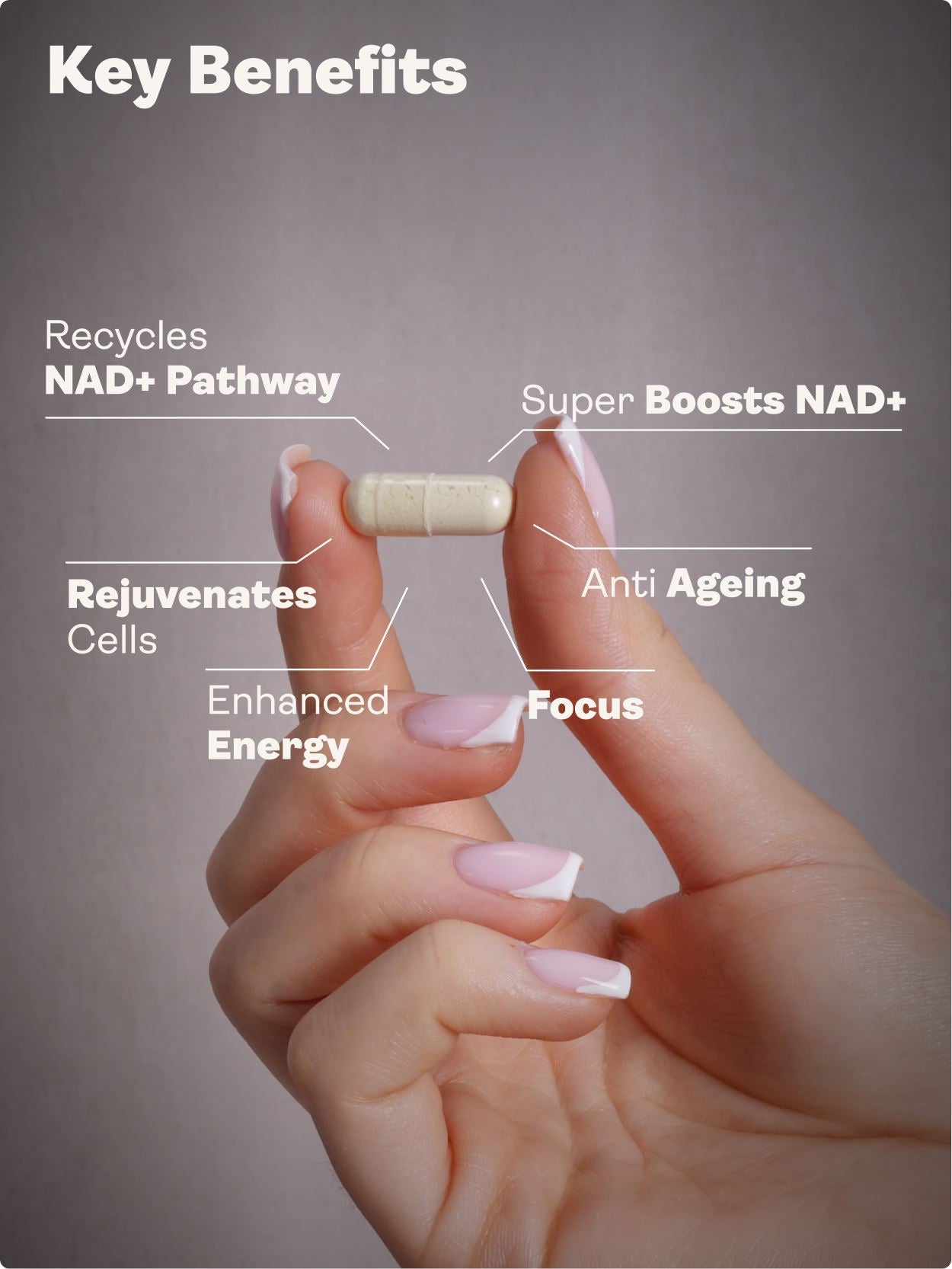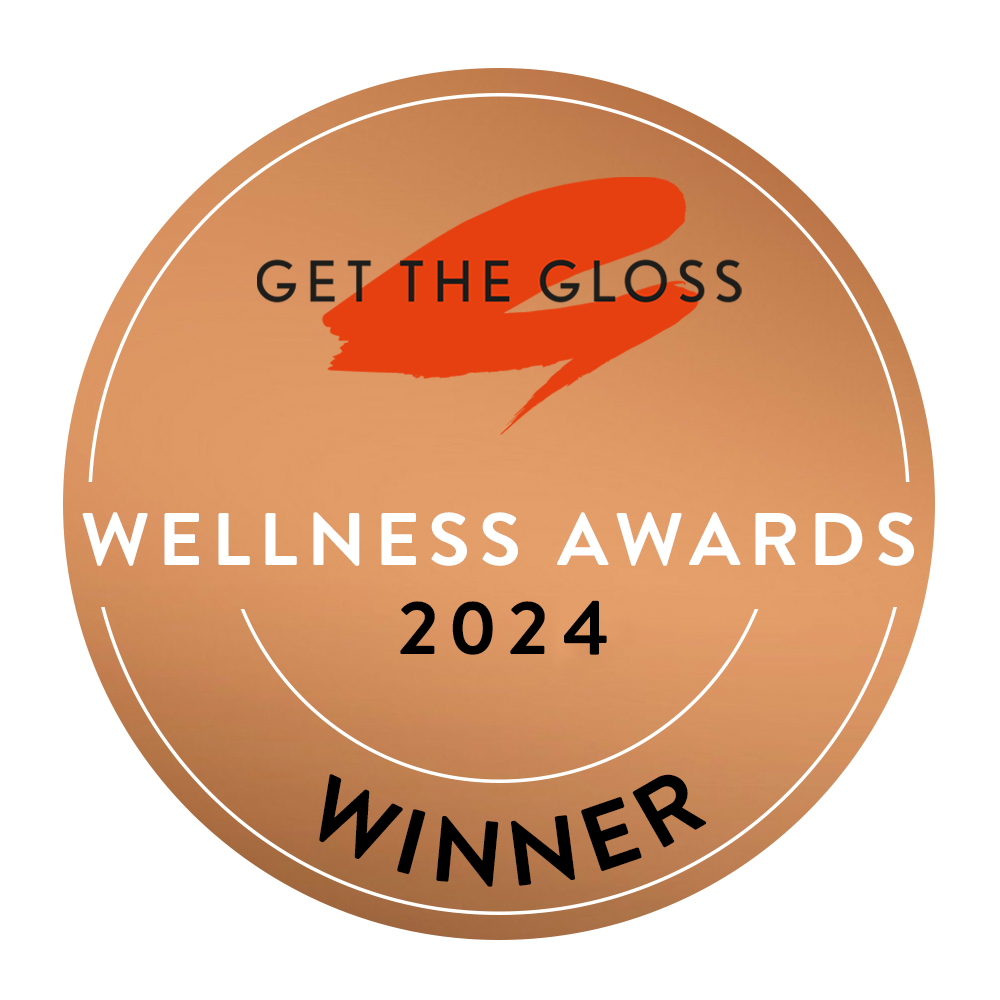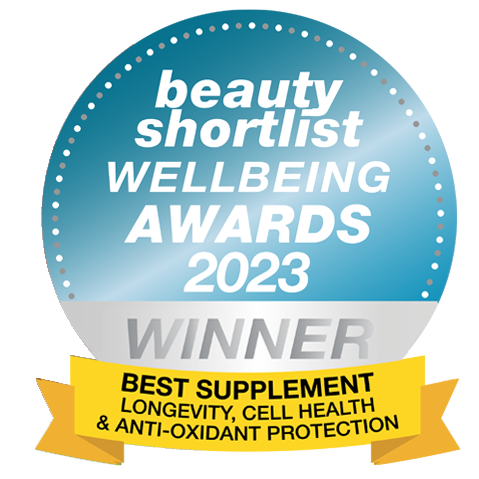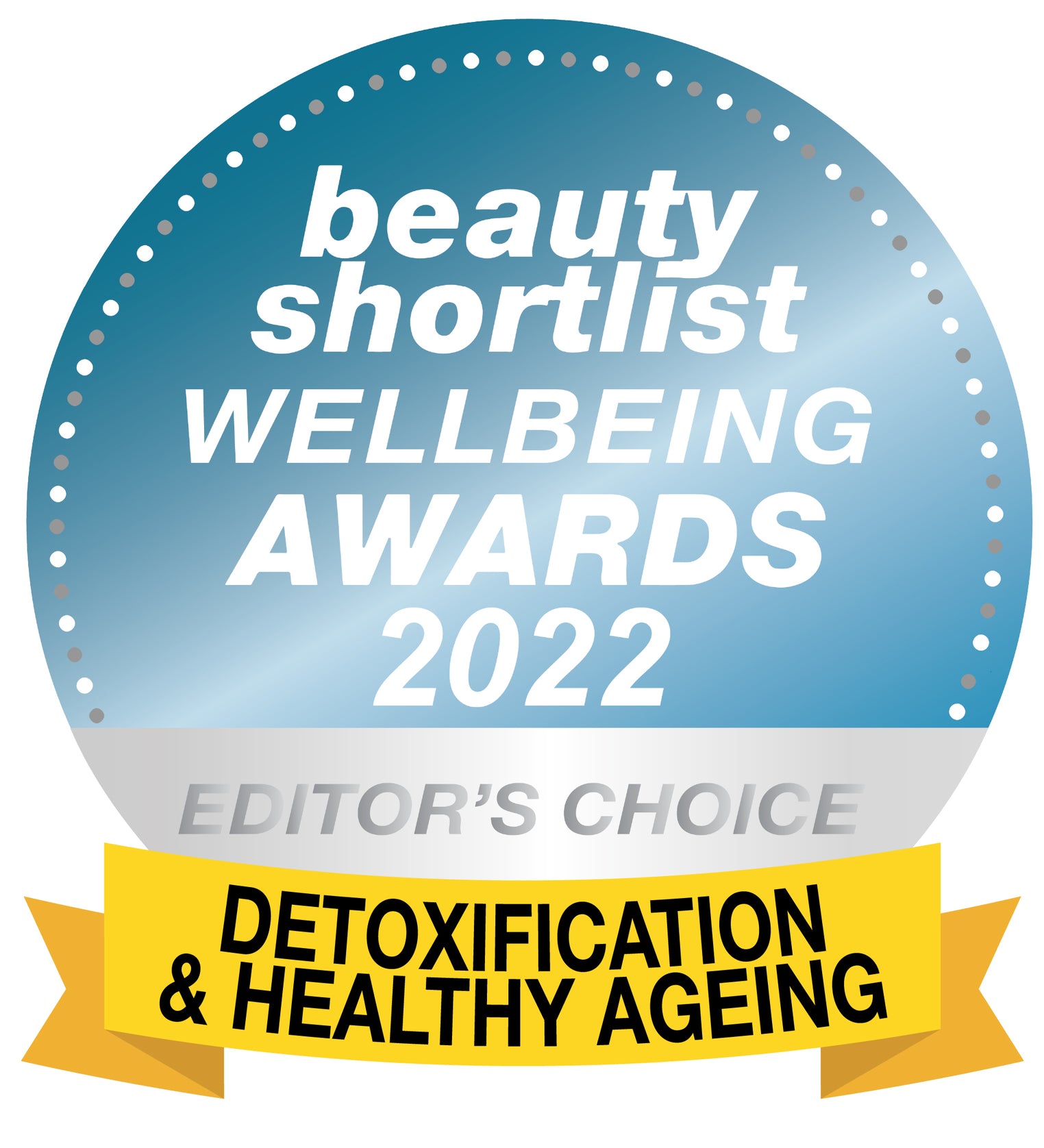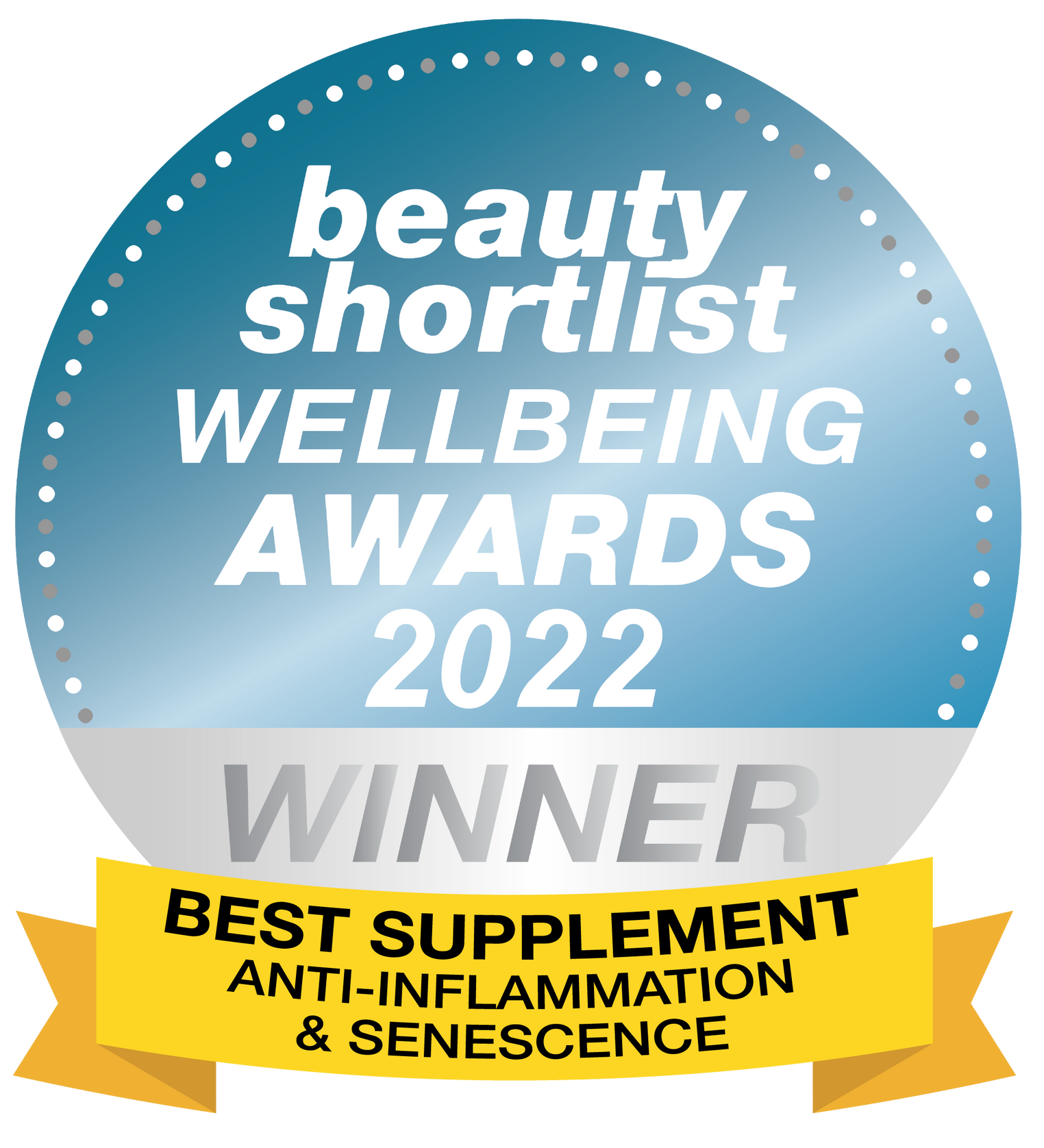If you’re on a health optimisation journey, you’ve probably heard whispers about peptides. Among them, BPC-157 stands out as a remarkably versatile candidate for gut support, soft-tissue recovery, and inflammation control. While large human trials are limited, preclinical and translational research, plus growing real-world experience, suggest meaningful benefits for the gastrointestinal tract and musculoskeletal system. This guide expands your original post into an authoritative, science-informed deep dive you can paste straight into Shopify.
TL;DR:
BPC-157 (Body Protection Compound-157) is a 15-amino-acid peptide first isolated from gastric juice. In animal and cell models, it supports gut lining repair, tendon and ligament healing, new blood vessel formation, neuroprotection, and balanced nitric-oxide signalling. It is not an approved medicine and competitive athletes should note that it appears on anti-doping prohibited lists. Any use should involve clinical oversight and careful sourcing.
Table of Contents
- What is BPC-157?
- Why is BPC-157 Considered Powerful?
- How Does BPC-157 Work? (Mechanisms)
- Who Might Benefit?
- How to Take BPC-157 (Forms & Application)
- Programming & Safety (Cycles, Stacks, Cautions)
- Science Snapshot
- Evidence Overview (Key Studies & Findings)
- Legality, Regulation & Anti-Doping
- Synergy: Diet, Lifestyle & Complementary Tools
- FAQs
- Glossary
- About the Author
- Last Updated
- Medical Disclaimer
- Science References
What is BPC-157?
BPC-157 stands for Body Protection Compound-157, a pentadecapeptide (15 amino acids; sequence GEPPPGKPADDAGLV) originally characterised during research into protective components of gastric juice. Its stability and broad tissue interactions have made it a focus in models of gut injury, tendon and ligament damage, vascular integrity, and neuroprotection.
Early pharmacokinetic work in animals indicates that BPC-157 can reach systemic circulation after parenteral administration, supporting the rationale for whole-body effects reported in preclinical studies. As with many emerging peptides, robust human pharmacokinetic and dose-finding data are still developing.
Why is BPC-157 Considered Powerful?
Your original article called BPC-157 a “Swiss Army knife” for recovery. Across preclinical models, it has been shown to:
- Support gut repair by reducing lesion severity, improving mucosal integrity, and promoting epithelial healing in the stomach and intestines.
- Accelerate musculoskeletal healing by enhancing tendon fibroblast activity, collagen matrix remodelling, and outgrowth from tendon explants; improved recovery in tendon transection models has been reported.
- Promote functional angiogenesis in injured tissues, improving microcirculation for oxygen and nutrient delivery.
- Modulate nitric-oxide signalling, counterbalancing extremes of high or low NO states and nudging the system toward vascular homeostasis.
- Signal neuroprotection in multiple animal models, with effects attributed to improved microvascular flow and anti-inflammatory actions.
Important: These findings are promising, but high-quality human trials remain limited. Interpretation should be cautious and paired with professional guidance.
How Does BPC-157 Work? (Mechanisms)
Several complementary mechanisms have been proposed from cell and animal studies:
- Angiogenesis & Microcirculation: In damaged tissue, BPC-157 appears to support pro-healing neovascularisation, restoring local perfusion. Reports also describe context-dependent modulation in models where pathological vessel growth would be undesirable.
- Fibroblast Activity & Matrix Remodelling: In tendon fibroblasts, BPC-157 has been shown to upregulate growth hormone receptor expression and promote migration and survival, a plausible route to faster collagen re-organisation and tissue repair.
- Gastroprotection & Cytoprotection: Consistent with its origin, BPC-157 has repeatedly reduced gastric and intestinal lesion severity in preclinical models and supported mucosal closure.
- Nitric-Oxide System Balancing: BPC-157 has normalised haemodynamics in settings of both nitric-oxide deficiency and excess, pointing to a homeostatic effect on vascular tone and tissue perfusion.
- Neuroprotective Signalling: Animal models suggest protective effects on neural tissue, potentially through improved microcirculation, reduced inflammation, and stabilised neurotransmission.
In practical terms, these mechanisms converge on a clear theme: better blood flow, lower damaging inflammation, and quicker structural repair.
Who Might Benefit?
Based on preclinical data and aggregated clinical experience, BPC-157 is most often discussed for:
- Gut support: Gastritis, ulcers, features of increased intestinal permeability, and inflammatory bowel contexts. Some clinicians also consider it around mucosal wound care.
- Musculoskeletal recovery: Tendon or ligament strains, muscle tears, joint sprains; adjunct support during rehabilitation phases.
- Pain and inflammation: Through modulation of local inflammatory signalling.
- Neuroprotection contexts: Early-stage and animal-based findings only; not established in humans.
Who should proceed with caution: Individuals with current or prior tumours, proliferative eye conditions, or angiogenesis-sensitive diagnoses should seek specialist advice. Anyone on complex medication regimens, pregnant or breastfeeding, or with significant cardiovascular, renal, or hepatic disease should obtain personalised medical clearance.
How to Take BPC-157 (Forms & Application)
Information only, not medical advice. Commonly encountered forms include:
| Method | Typical Context | Notes |
|---|---|---|
| Oral capsules | Gastrointestinal support; general systemic wellness | Convenient; aligns with GI-focused goals. Human absorption data are still evolving. |
| Sublingual sprays | Systemic exposure without needles | Avoids first-pass digestion; practical for travel and needle-averse users. |
| Topical | Localised skin concerns, small wounds, post-procedure skin | Apply as directed; prioritise clean handling and product quality. |
| Injectable (where permitted) | Targeted tendon/ligament sites; broader recovery under medical care | Generally associated with published preclinical pharmacokinetic data. Requires clinical oversight and legality checks. |
Storage & Handling: Peptides are sensitive to temperature, light, and contamination. Follow manufacturer guidance, keep out of children’s reach, and avoid unverified vendors.
Programming & Safety (Cycles, Stacks, Cautions)
- Cycle length: A common pragmatic pattern is 8–12 weeks followed by a break. Individual protocols vary; medical supervision is strongly advised.
- Stacking for gut repair: Combine with nutrient-dense, low-irritant nutrition; consider supportive nutrients such as L-glutamine or zinc carnosine if appropriate; address lifestyle drivers such as alcohol, ultra-processed foods, and chronic stress.
- Stacking for soft-tissue recovery: Progressive rehab (isometrics, eccentrics for tendons), adequate protein intake, creatine where suitable, and sleep optimisation. Time heat and cold modalities so they complement rather than blunt training adaptations.
- Medical oversight: Essential if you have chronic conditions, take prescription medicines, or have any cancer history. Stop and seek care for unusual pain, swelling, allergic signs, or systemic reactions.
Science Snapshot
- Soft-tissue repair: BPC-157 has promoted tendon fibroblast survival, migration, and outgrowth in laboratory models and accelerated recovery in injured tendon models.
- Gastroprotection: Multiple preclinical studies show protection against gastric and intestinal injury and faster mucosal healing.
- Nitric-oxide balance: Evidence indicates normalisation of blood-flow dynamics when NO signalling is either suppressed or excessive.
- Pharmacokinetics: Animal studies describe distribution and elimination after parenteral dosing with favourable tolerability in safety screens.
Evidence Overview (Key Studies & Findings)
1) Musculoskeletal Healing
Tendon fibroblast research: BPC-157 enhanced outgrowth from tendon explants and improved fibroblast migration and survival. Gene-expression work indicated upregulation of growth hormone receptor in tendon fibroblasts, a plausible contributor to faster collagen remodelling.
Transected tendon models: In rats, Achilles tendon injuries recovered more quickly with BPC-157 than controls, with better structural and functional outcomes during rehabilitation windows.
2) Gastrointestinal Protection
Across various animal models, BPC-157 has reduced the severity of gastric and intestinal lesions, improved epithelial closure, and supported barrier function. These effects align with its origin from gastric protective proteins and help explain why it is frequently discussed for gut-focused protocols.
3) Nitric-Oxide System & Microcirculation
Vascular homeostasis is critical for healing. Experimental work shows BPC-157 can counter both nitric-oxide synthase inhibition and excess nitric-oxide states, normalising haemodynamics and, in turn, supporting tissue repair via improved perfusion.
4) Pharmacokinetics & Safety (Preclinical)
In animals, intravenous and intramuscular dosing provide systemic exposure with a relatively short elimination half-life. These studies have informed dose-finding ideas for clinical contexts and generally reported good tolerability in preclinical safety panels. High-quality human pharmacokinetics and long-term safety studies are still needed.
Human evidence note: While practitioner reports and early clinical experience are accumulating, large, controlled human trials are still limited. Claims should be framed with appropriate caution.
Legality, Regulation & Anti-Doping
- Regulatory status: BPC-157 is not approved as a medicine by major regulators. Availability, compounding rules, and marketing claims vary by country. Product quality can differ widely between vendors.
- Competitive sport: BPC-157 falls under non-approved substances on anti-doping lists. Athletes in tested sports should avoid its use.
Synergy: Diet, Lifestyle & Complementary Tools
BPC-157 is not a standalone solution. Results are stronger when combined with fundamentals:
- Nutrition for gut integrity: Prioritise high-quality protein, colourful plants (polyphenols), omega-3 fats, and, if tolerated, fermentable fibres. Consider adjuncts such as L-glutamine and zinc carnosine during gut-focused phases.
- Rehab & loading: For tendons and ligaments, progressive isometrics and eccentrics signal collagen remodelling; respect pain thresholds and progress gradually.
- Hormetic stressors: Sensible use of sauna for circulation and recovery; cold exposure timed away from hypertrophy sessions to avoid blunting adaptations.
- Recovery hygiene: Sleep 7–9 hours where possible, manage stress proactively, and keep alcohol intake low during intensive healing periods.
FAQs
Is BPC-157 a supplement or a medicine?
It is not an approved medicine and is often marketed for research use. Availability and legality vary by country; seek professional advice locally.
What’s the best form — oral, sublingual, topical, or injectable?
It depends on your goals. GI-focused aims often use oral or sublingual routes; musculoskeletal targets are usually discussed in clinical settings with parenteral routes. Human absorption and dosing data are still emerging.
How long should a cycle last?
A common pragmatic approach is 8–12 weeks, then a break. Tailor with practitioner input, considering goals, response, and safety.
Is BPC-157 safe?
Preclinical data suggest good tolerability, but rigorous human safety work is limited. Source quality, dosing accuracy, and medical oversight are important.
Can athletes use BPC-157?
Athletes in tested sports should avoid it because it is included among non-approved substances on anti-doping lists.
Could angiogenesis be a risk?
Angiogenesis helps healing but could be contraindicated in certain oncology contexts or proliferative conditions. Seek medical guidance if you have relevant history.
Will BPC-157 help chronic pain?
It may support tissue repair and modulate inflammation in preclinical models, which can influence pain. However, pain is multifactorial; address mechanics, load, sleep, and stress.
Can I pair BPC-157 with other peptides?
Some practitioners discuss pairing with peptides aimed at tissue repair. Any combination should be clinician-supervised to minimise interactions and overlap.
Glossary
- Angiogenesis: Formation of new blood vessels to restore perfusion and support healing.
- Fibroblast: A connective-tissue cell that produces collagen and extracellular matrix during repair.
- Gastroprotection: Mechanisms that defend the stomach and intestines against injury.
- Nitric Oxide (NO): A signalling molecule that regulates blood vessel tone, blood flow, and immune responses.
- Parenteral: Administration by injection (subcutaneous, intramuscular, intravenous).
- Pleiotropic: Producing multiple physiological effects across different systems.
About the Author
Ed Van Harmelen is the founder of Youth & Earth and a passionate advocate for biohacking and anti-ageing since 2017. He has been featured in numerous podcasts and wellness publications for his insights on longevity, biohacking, and the science behind supplements. Ed is widely regarded as a pioneer in bringing cutting-edge anti-ageing



